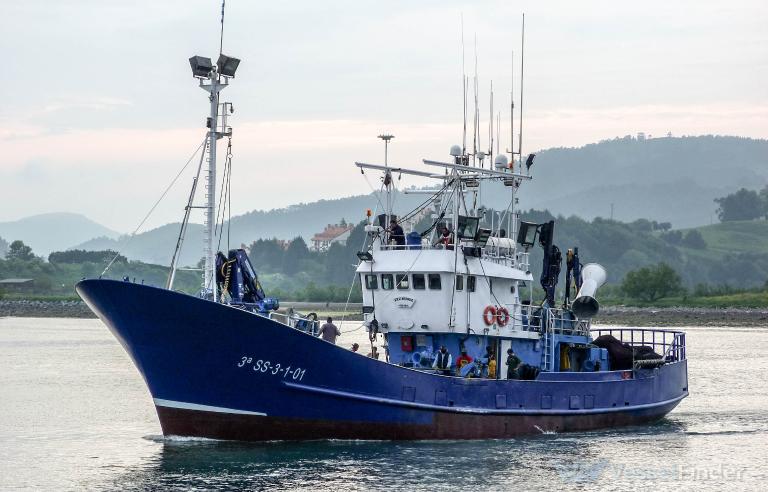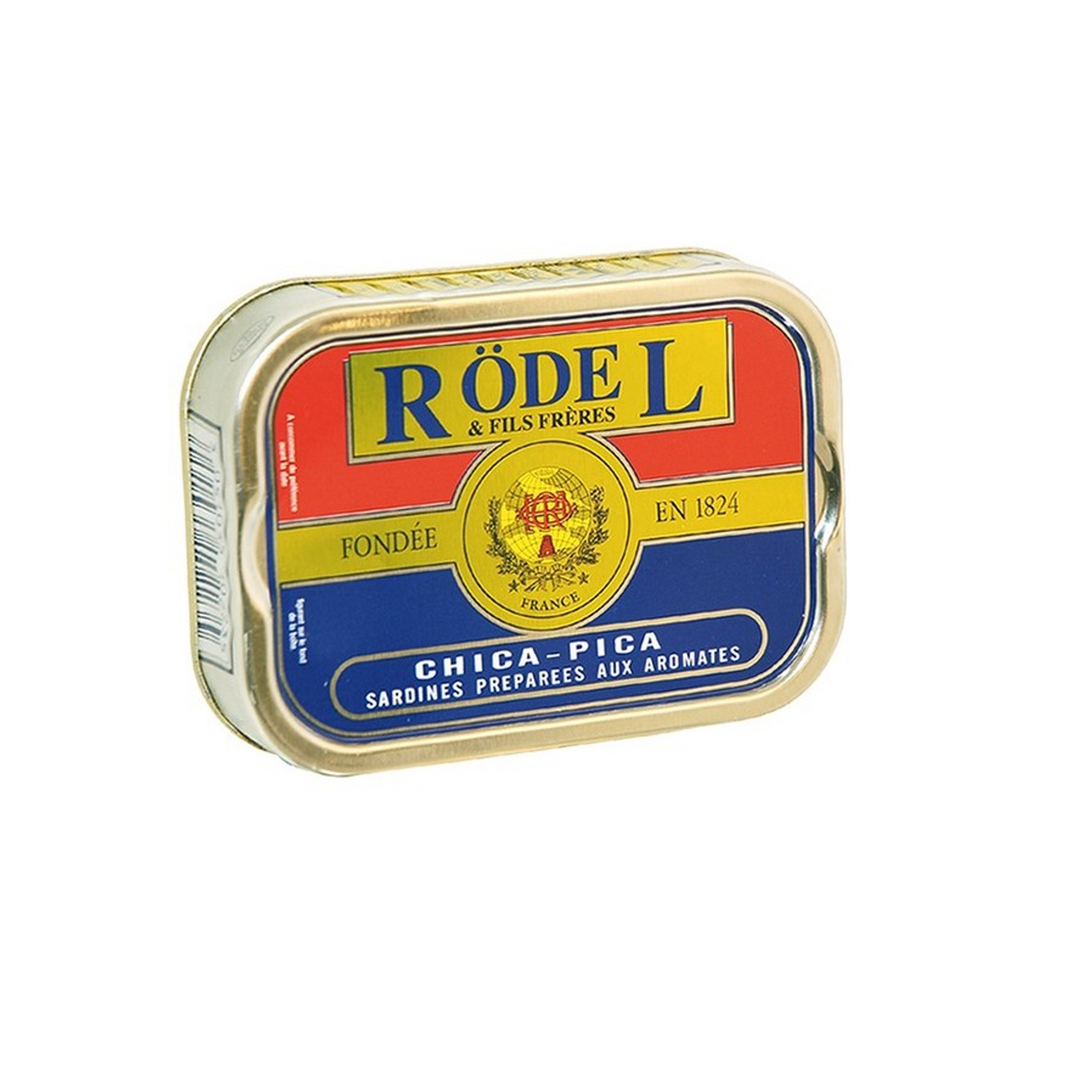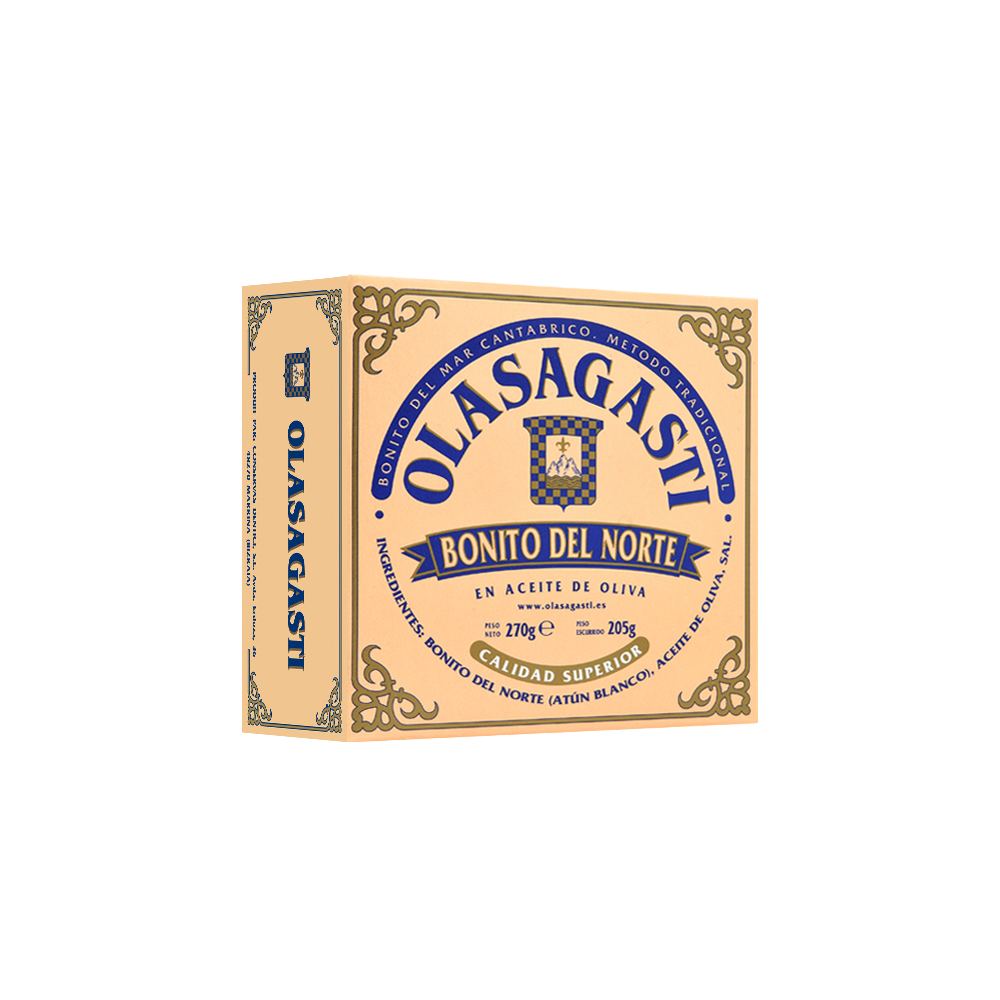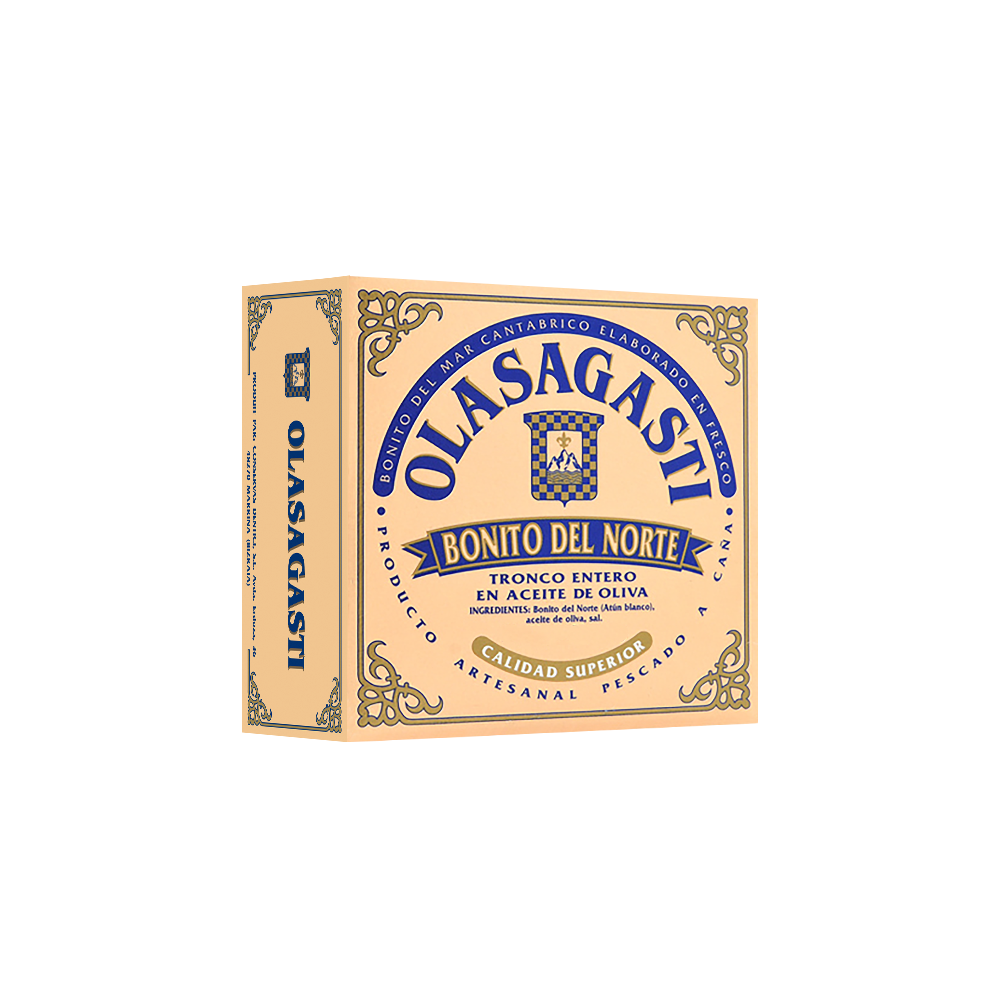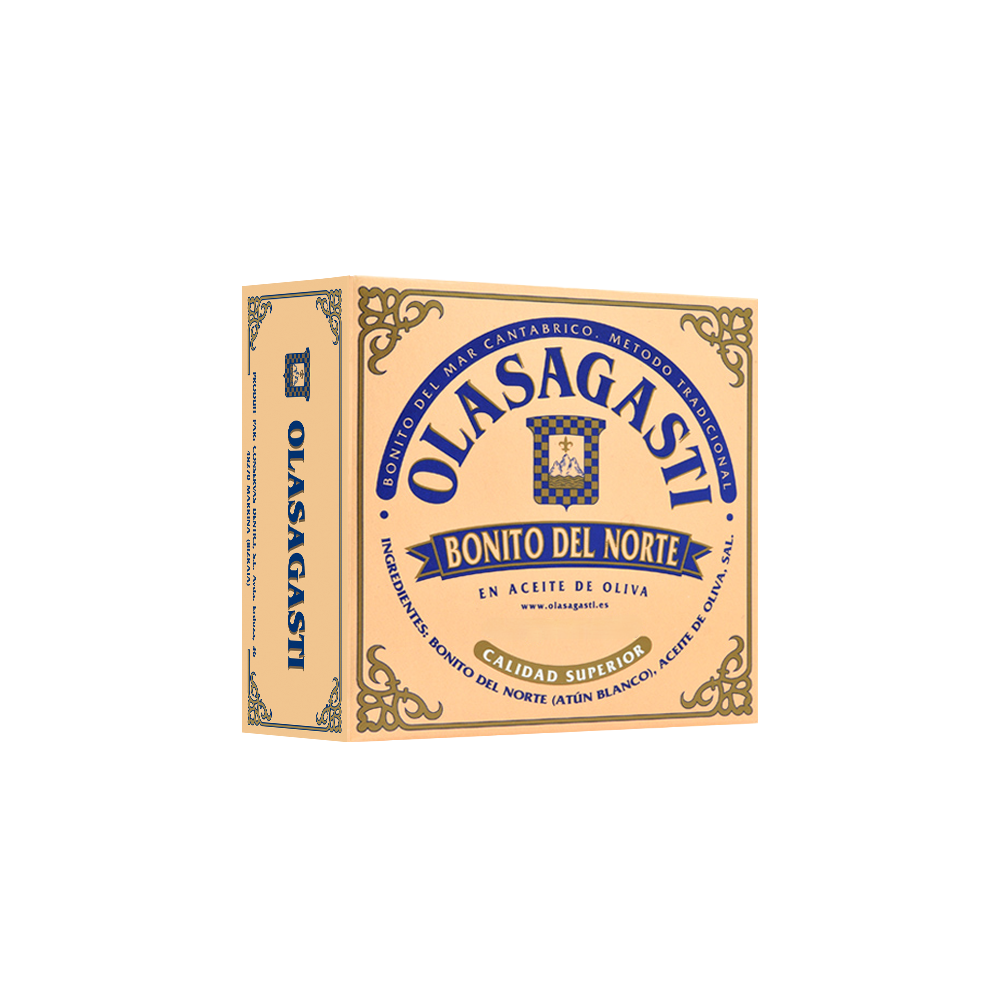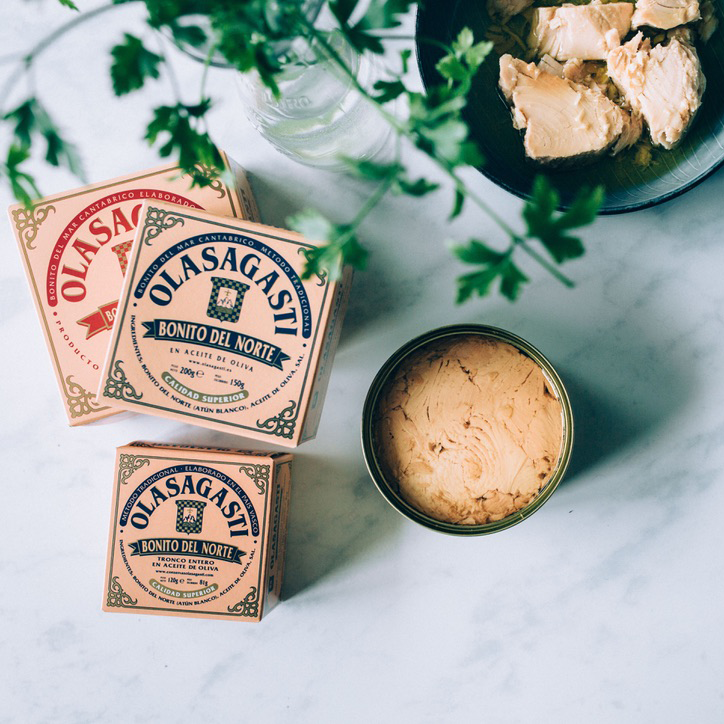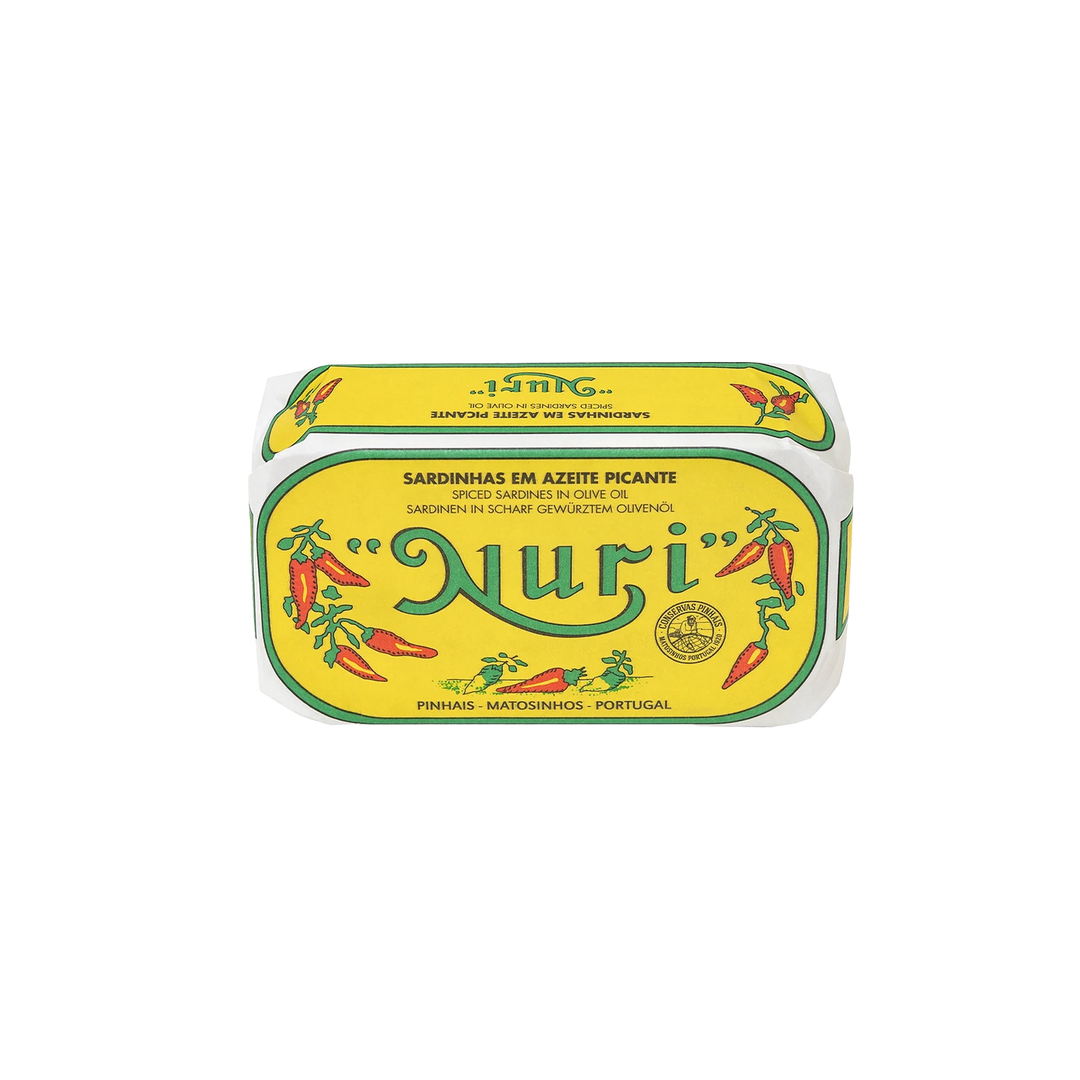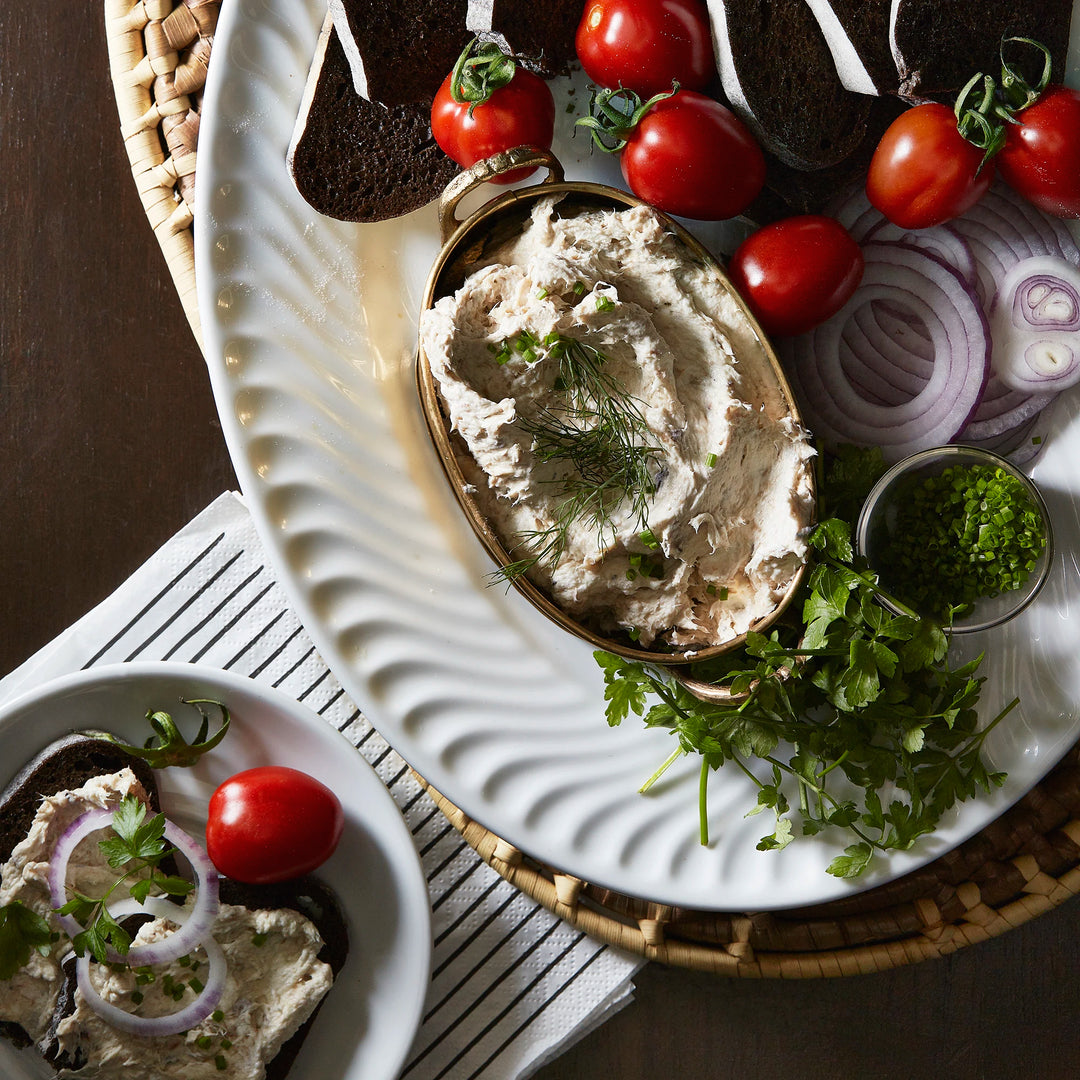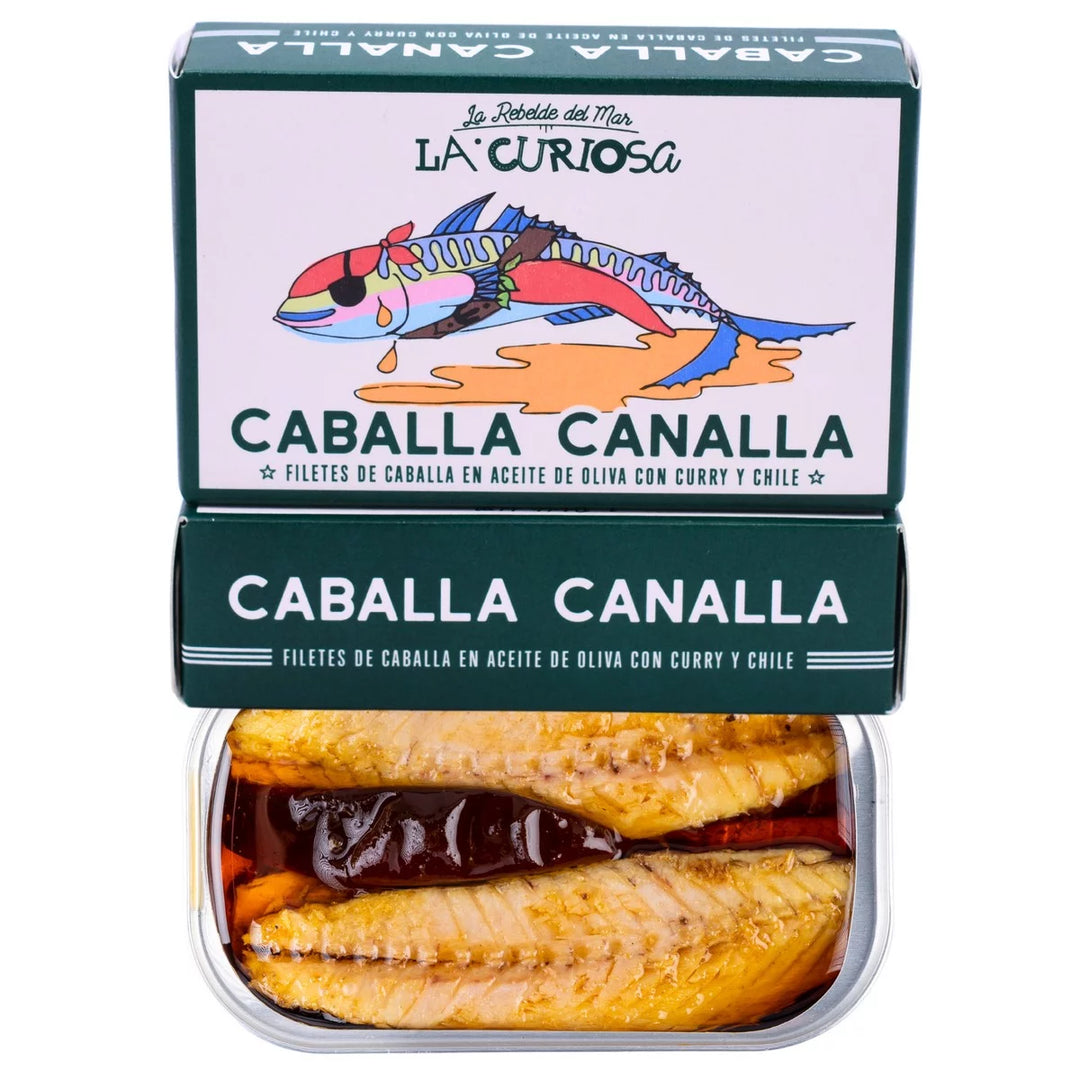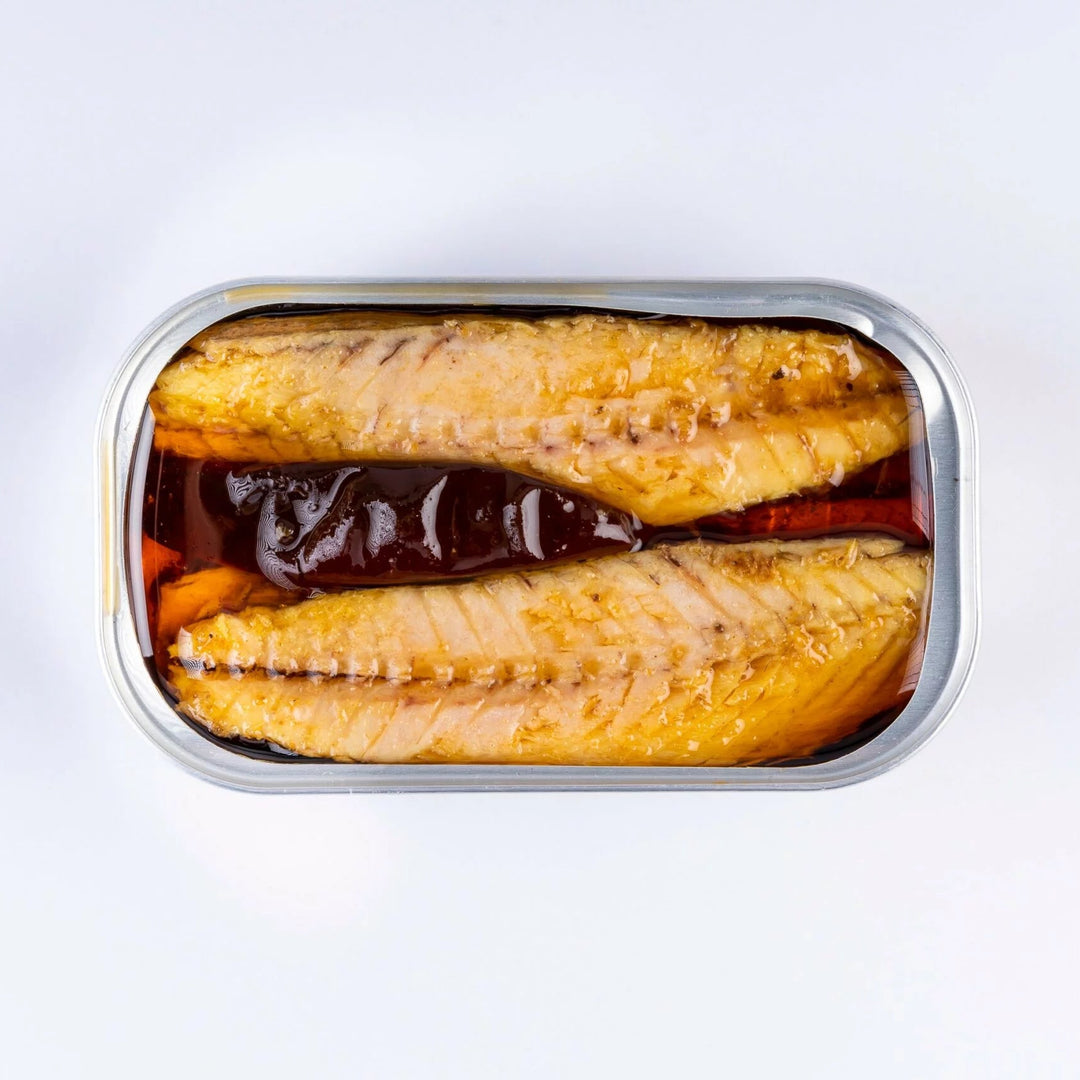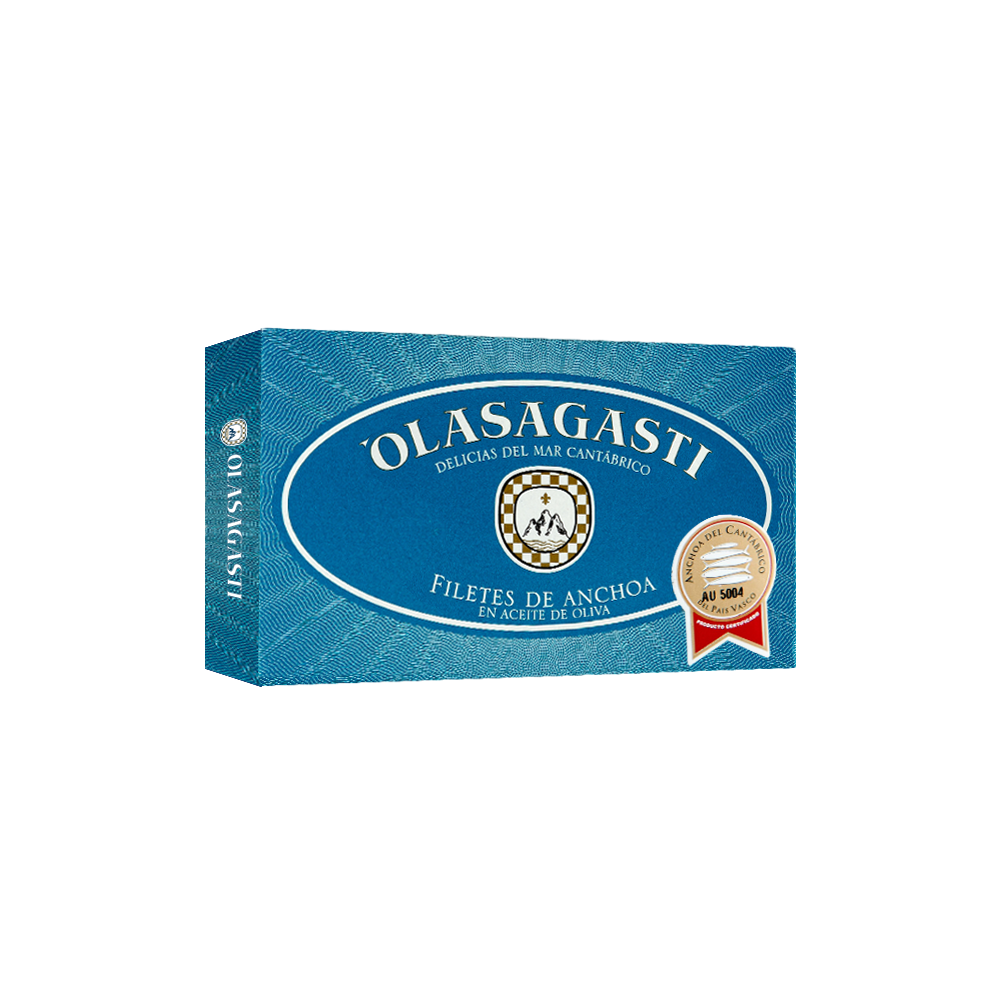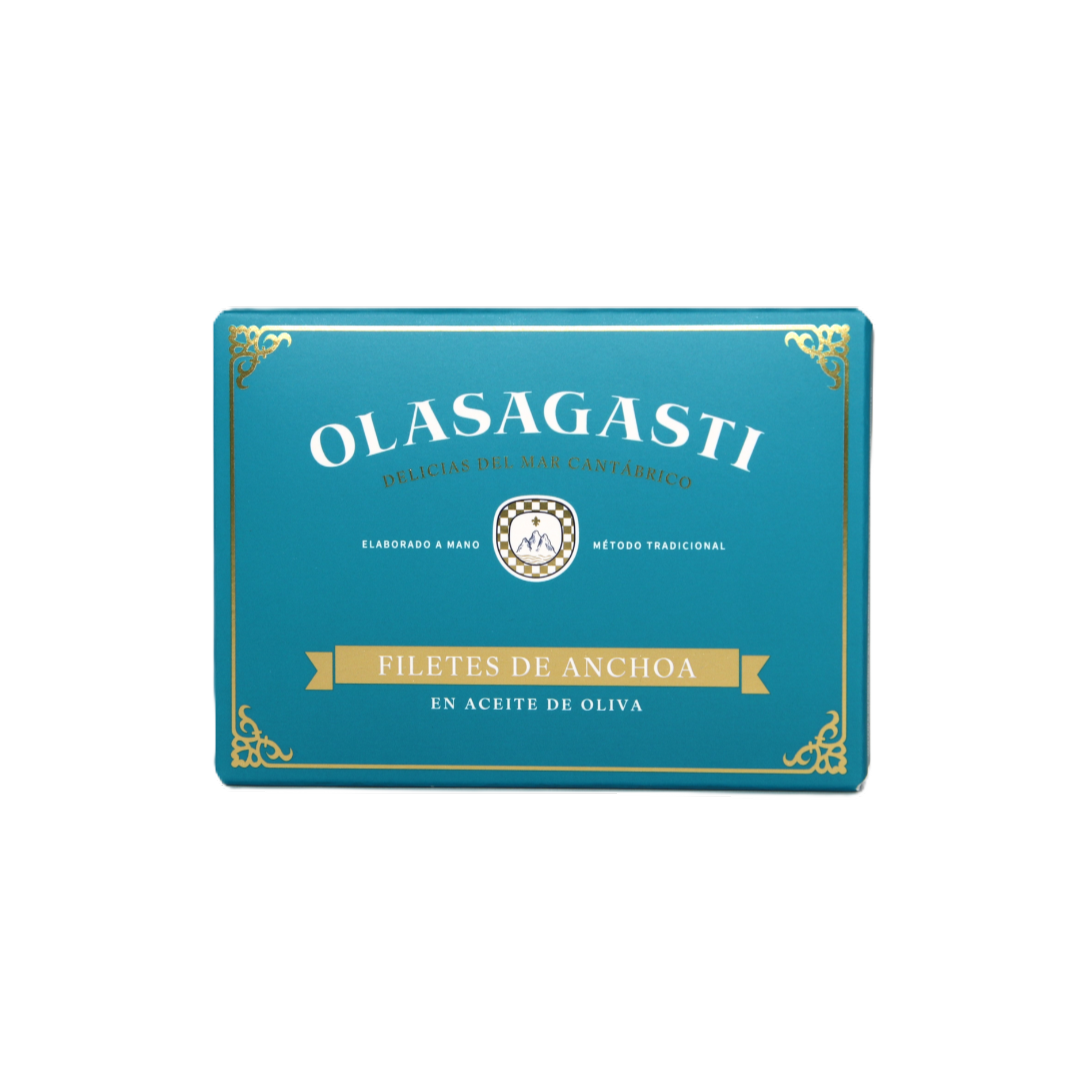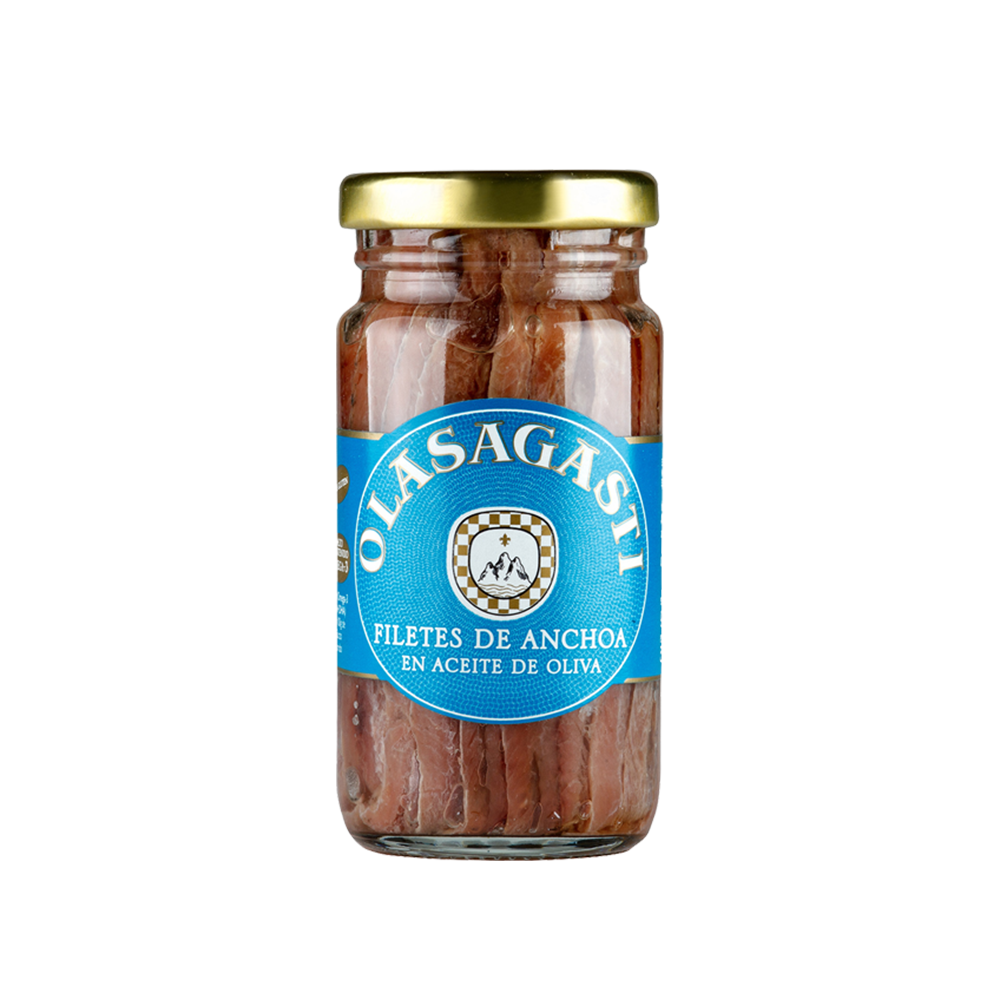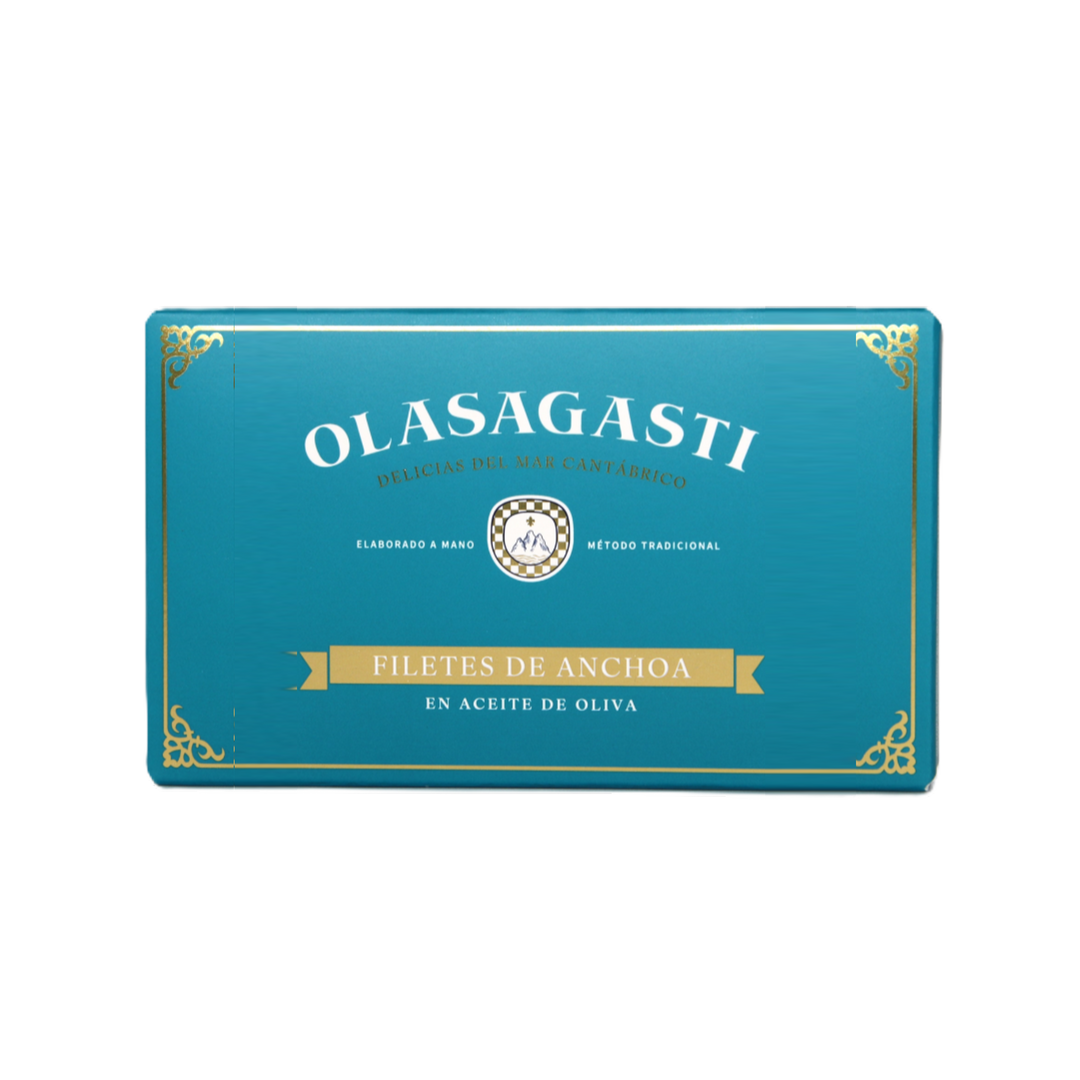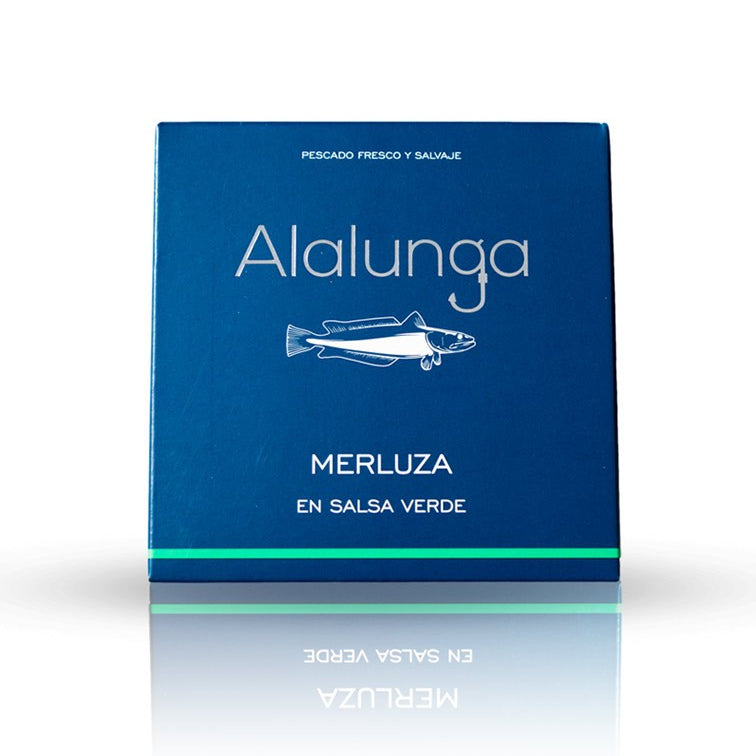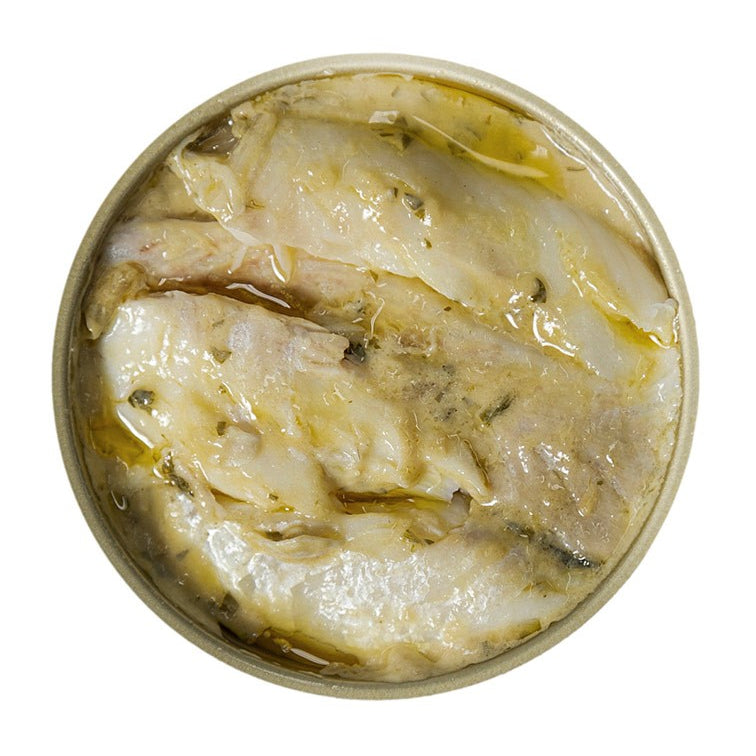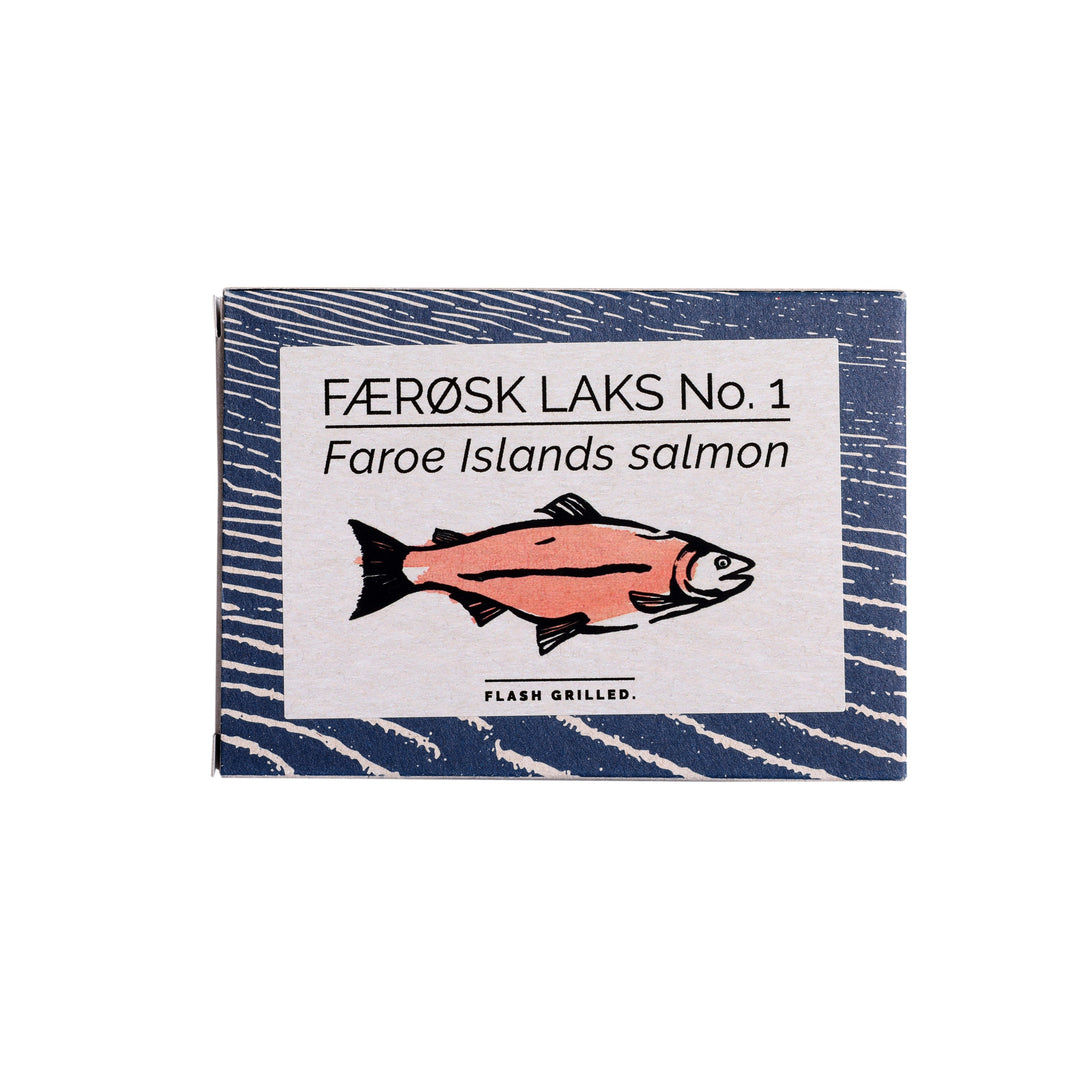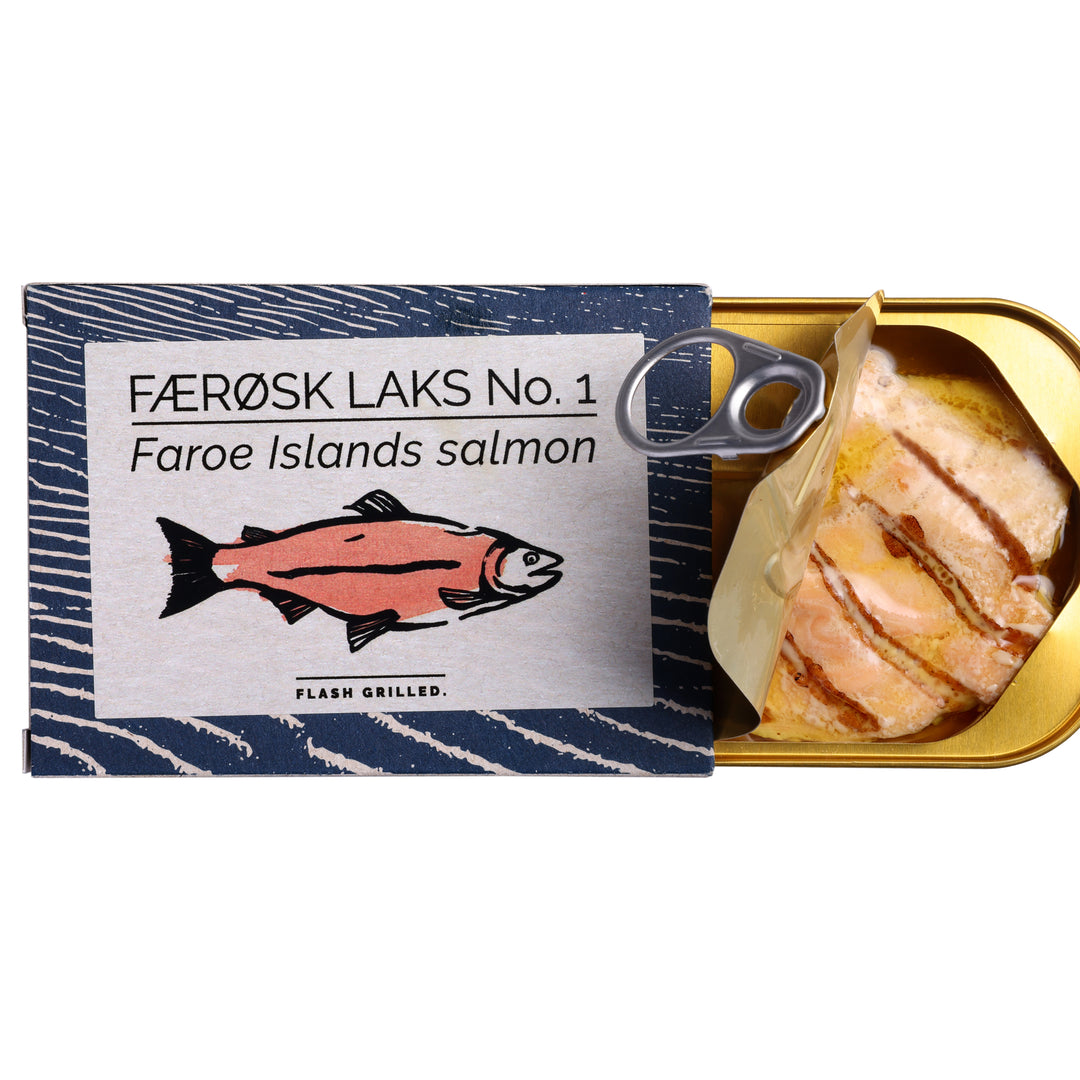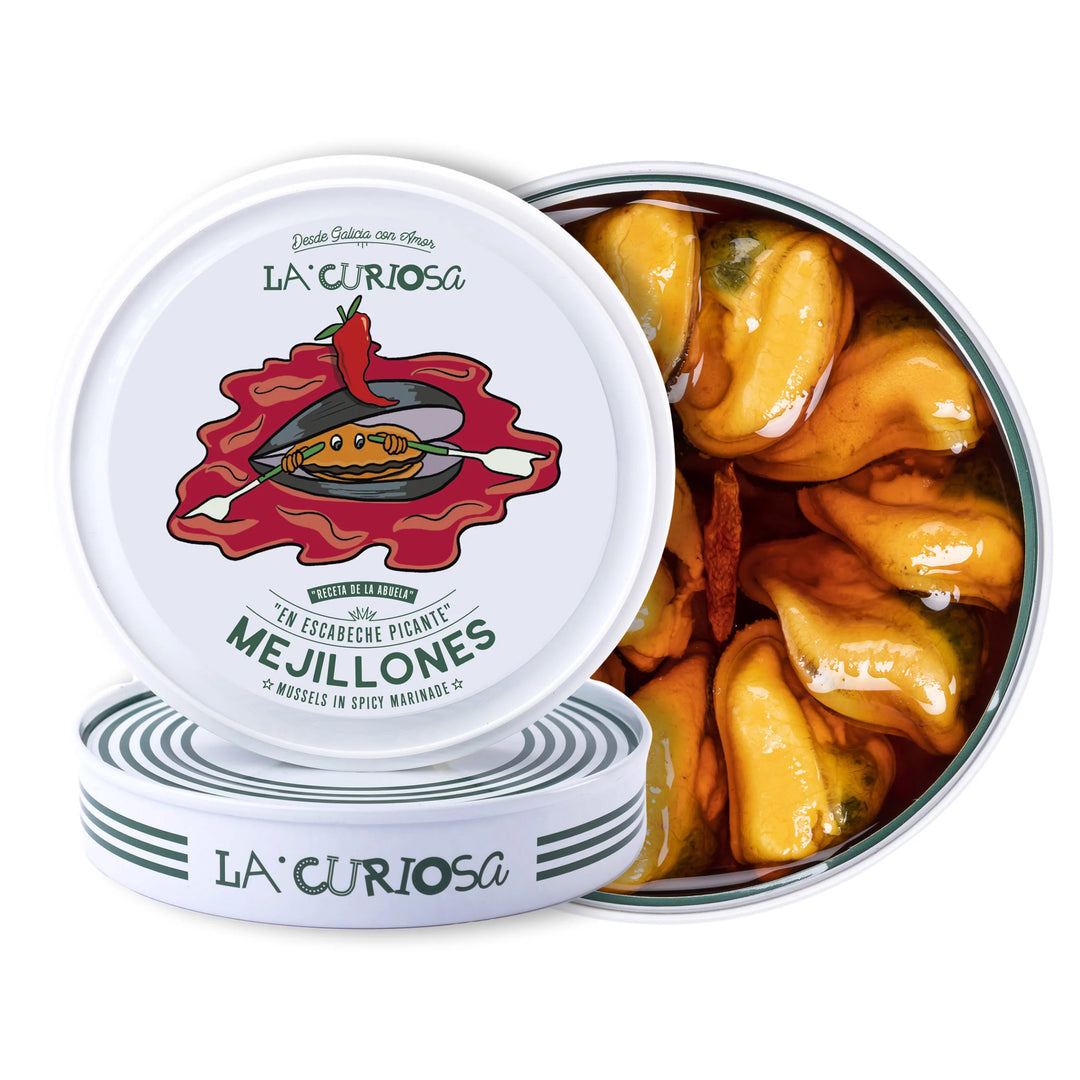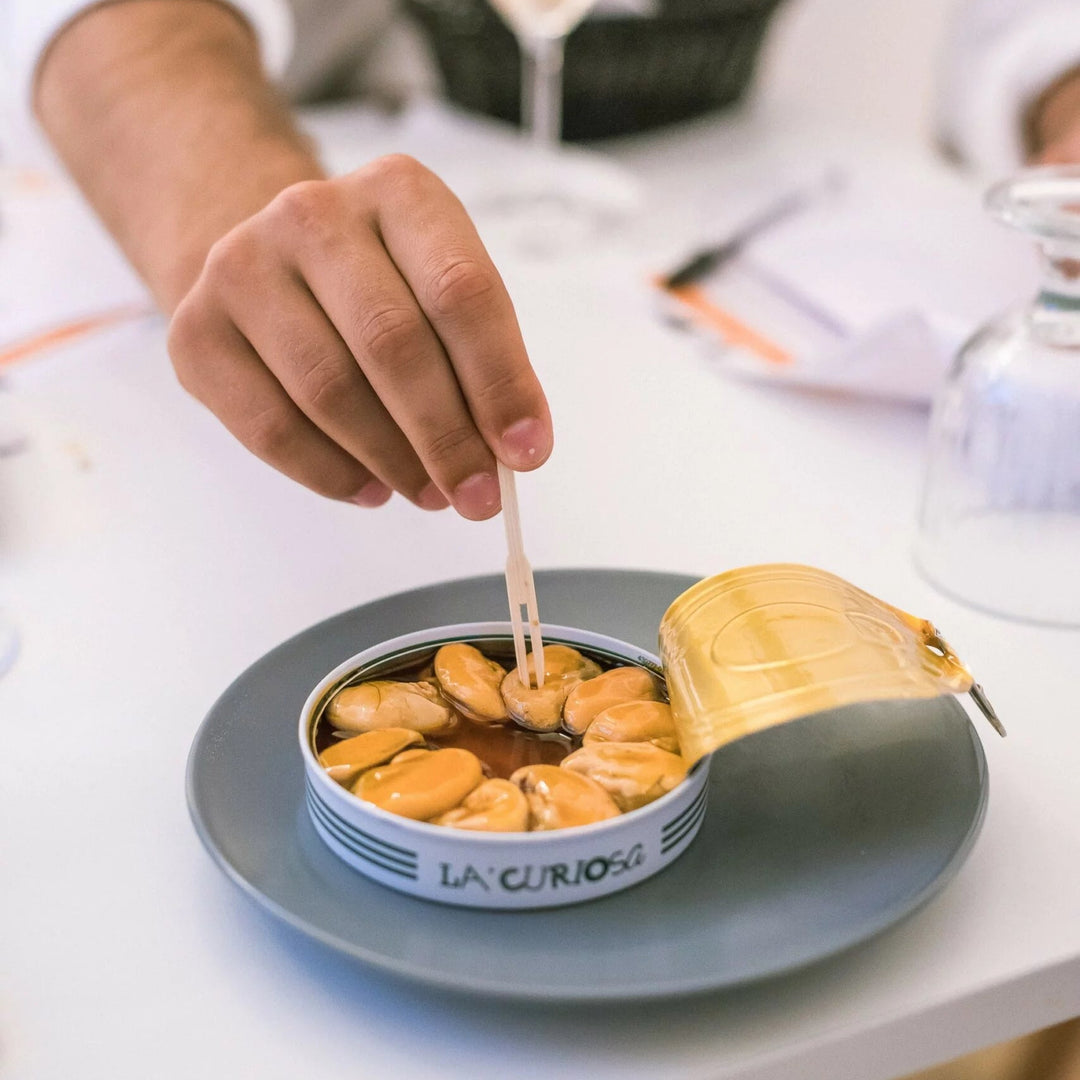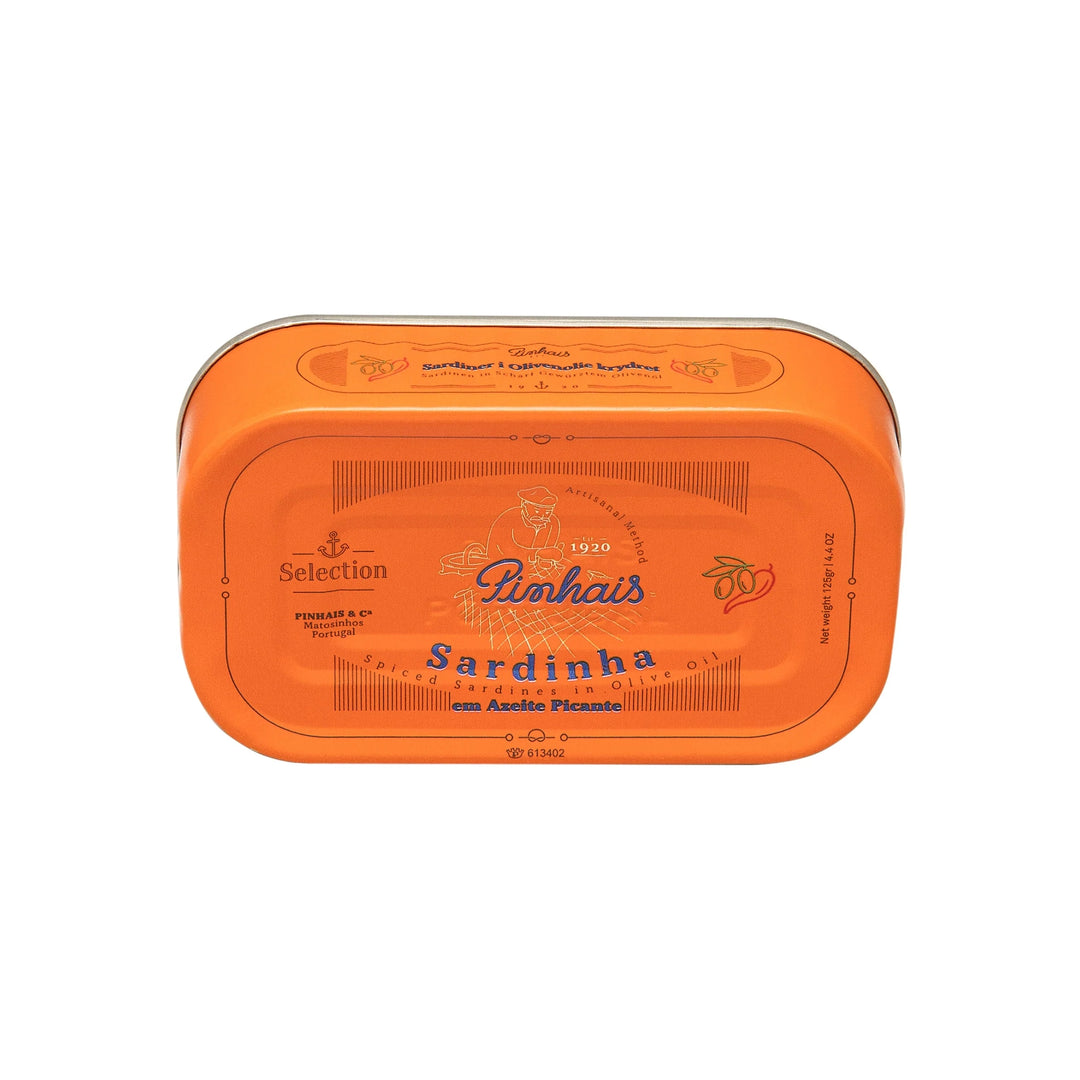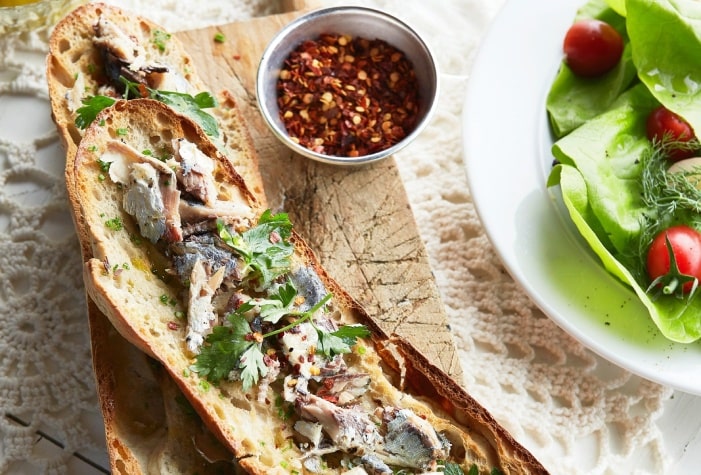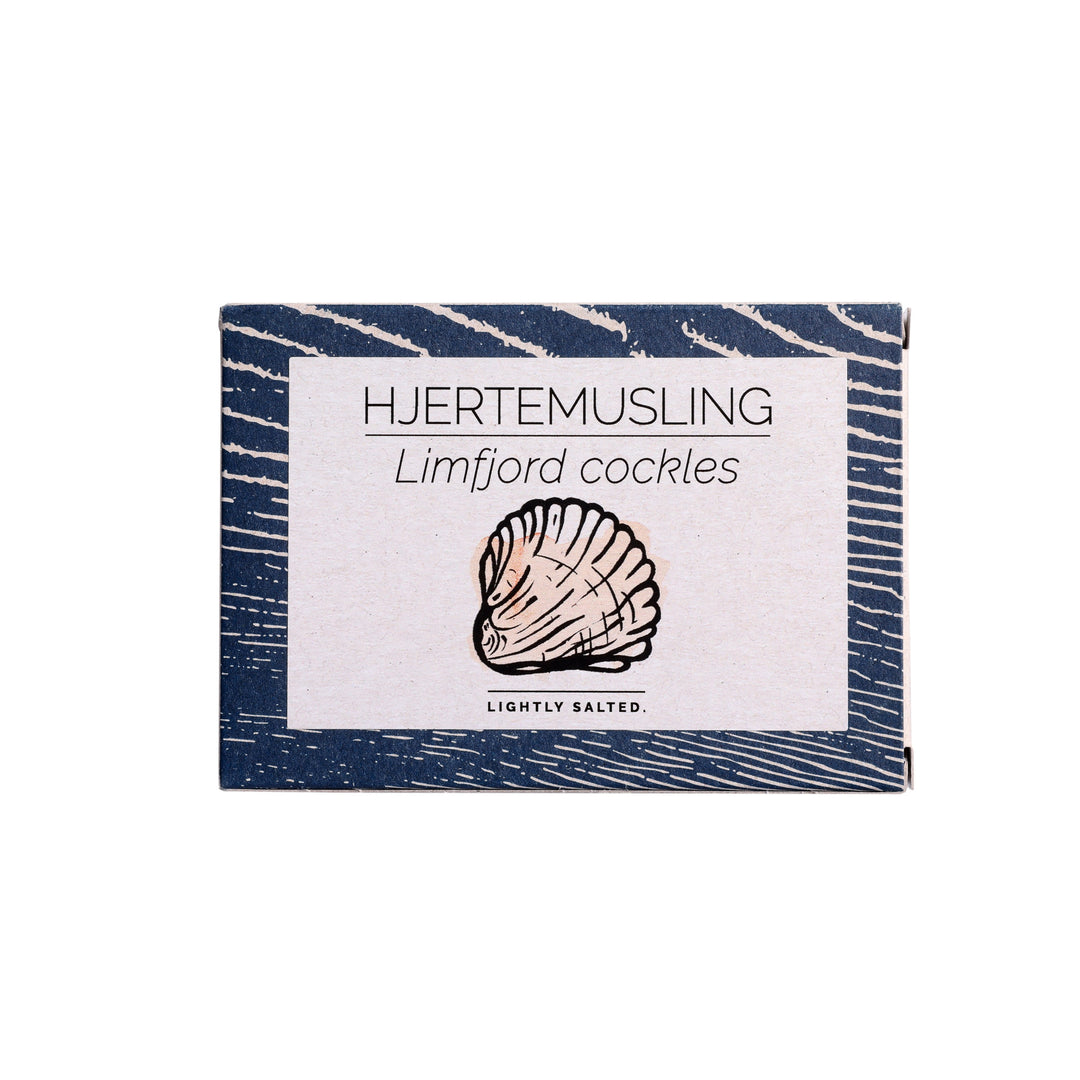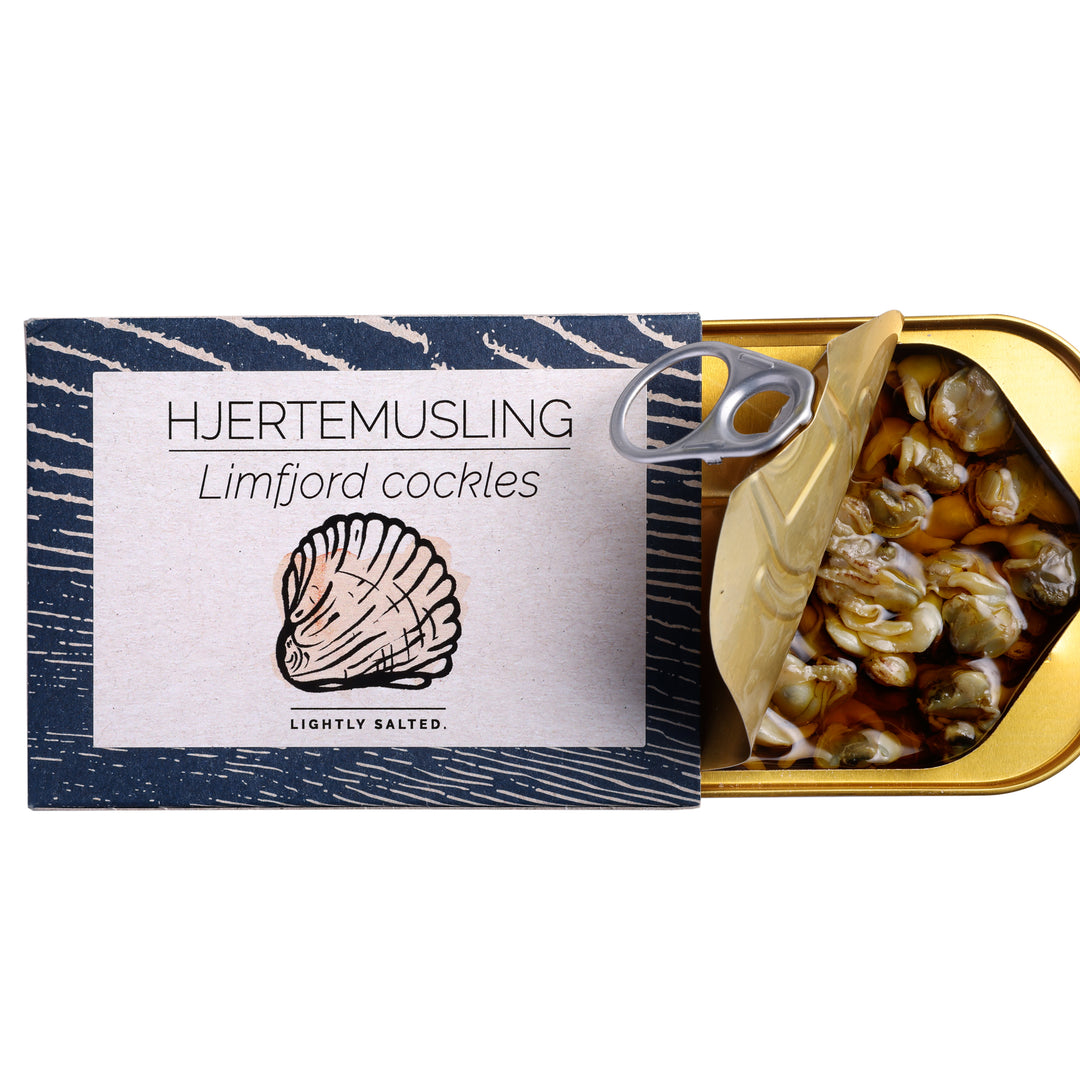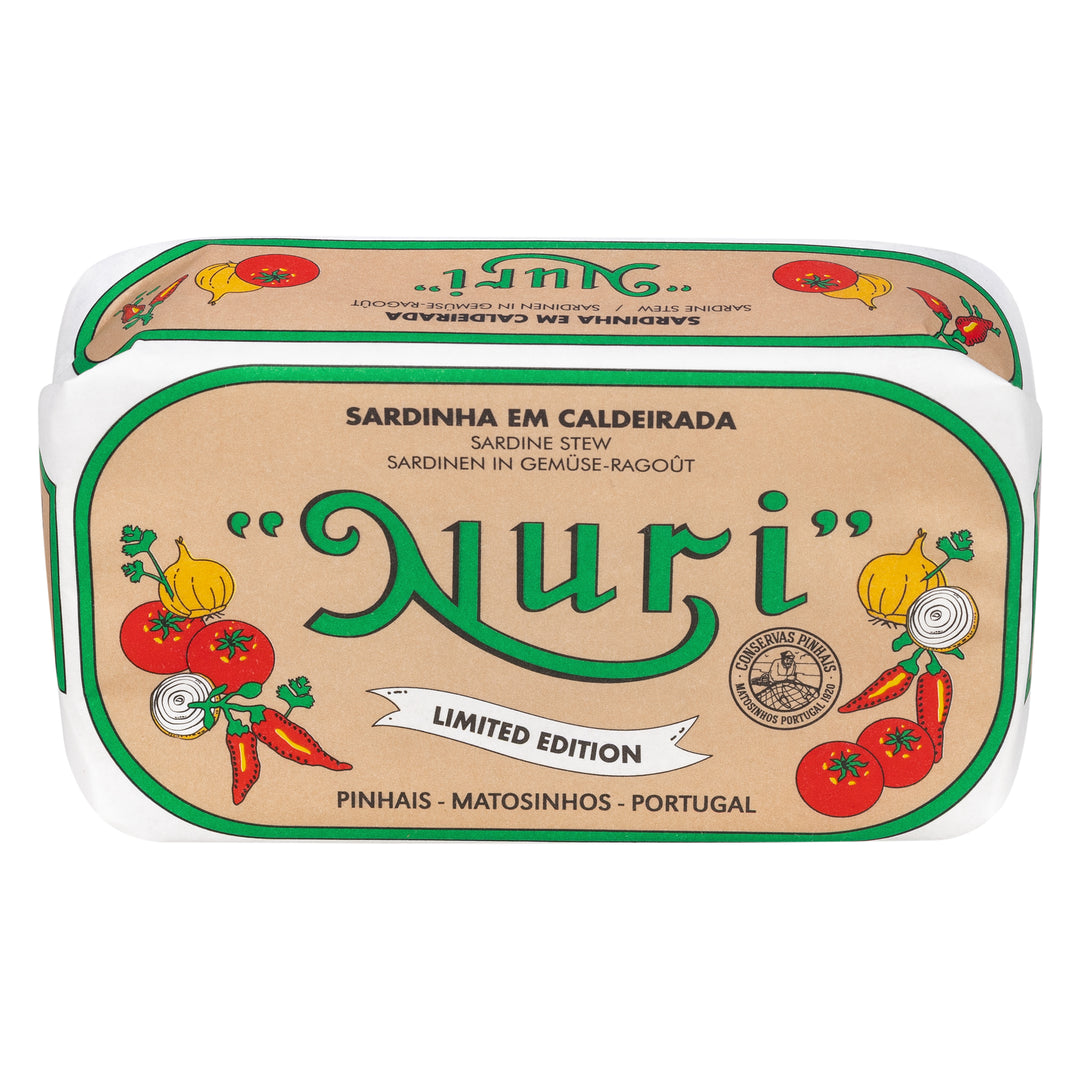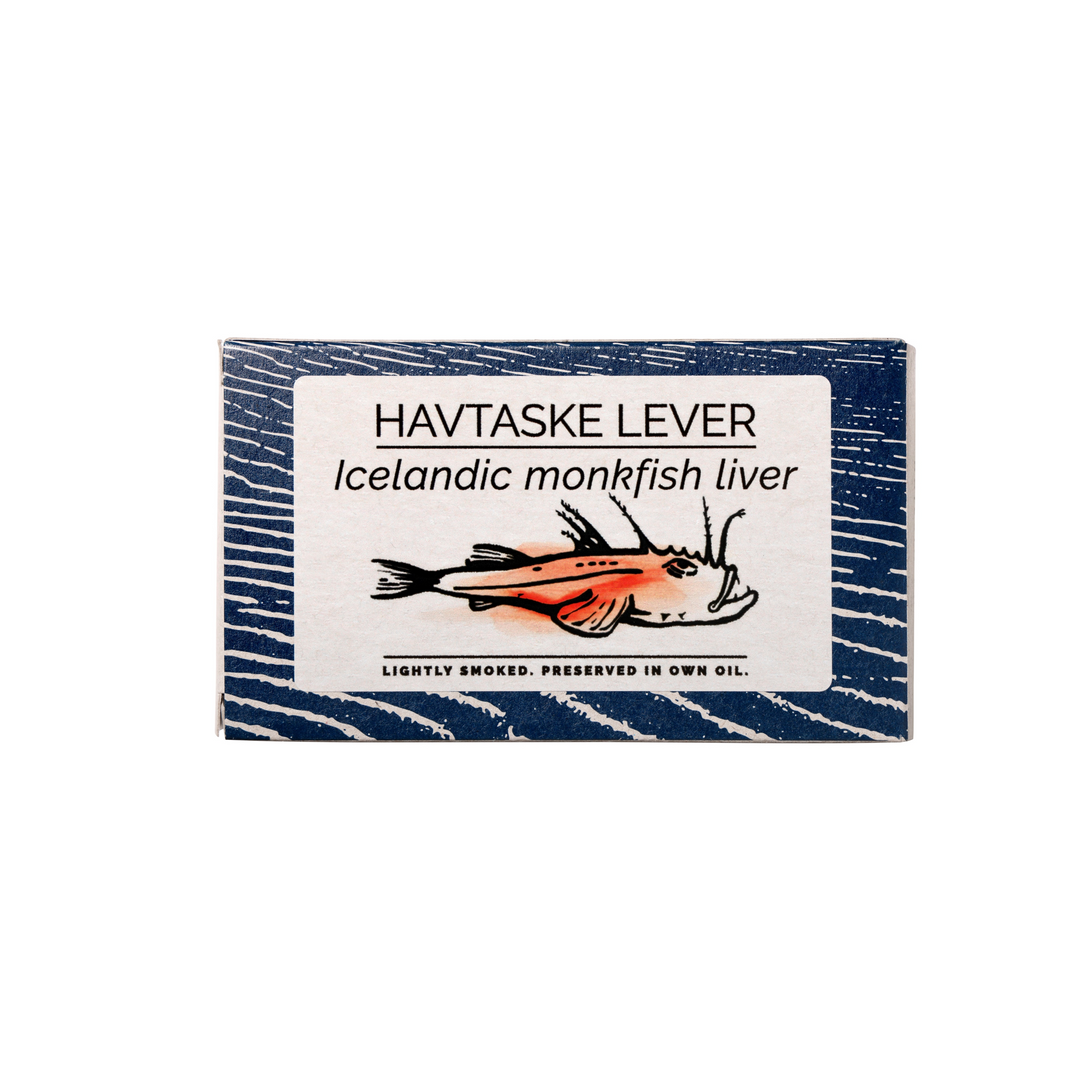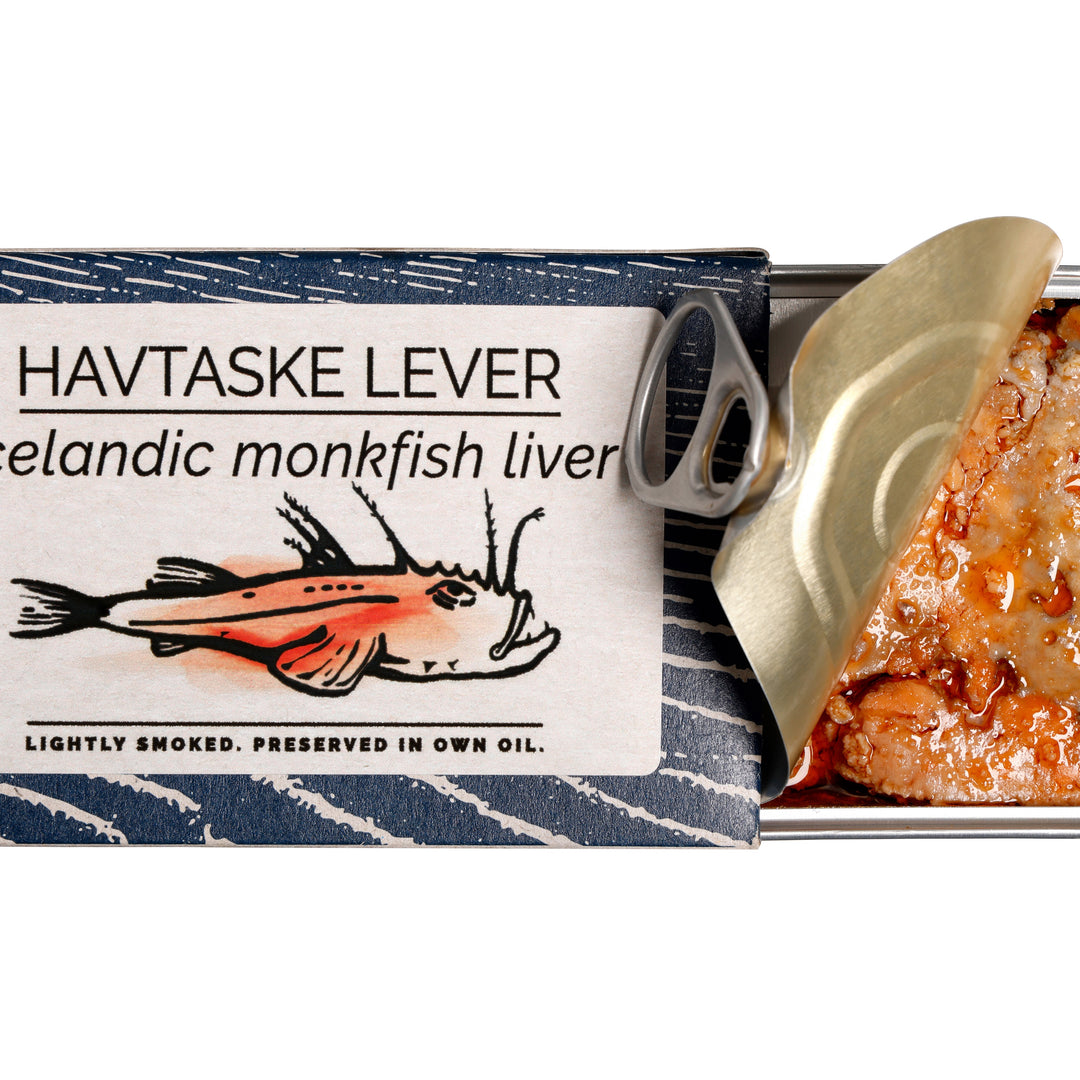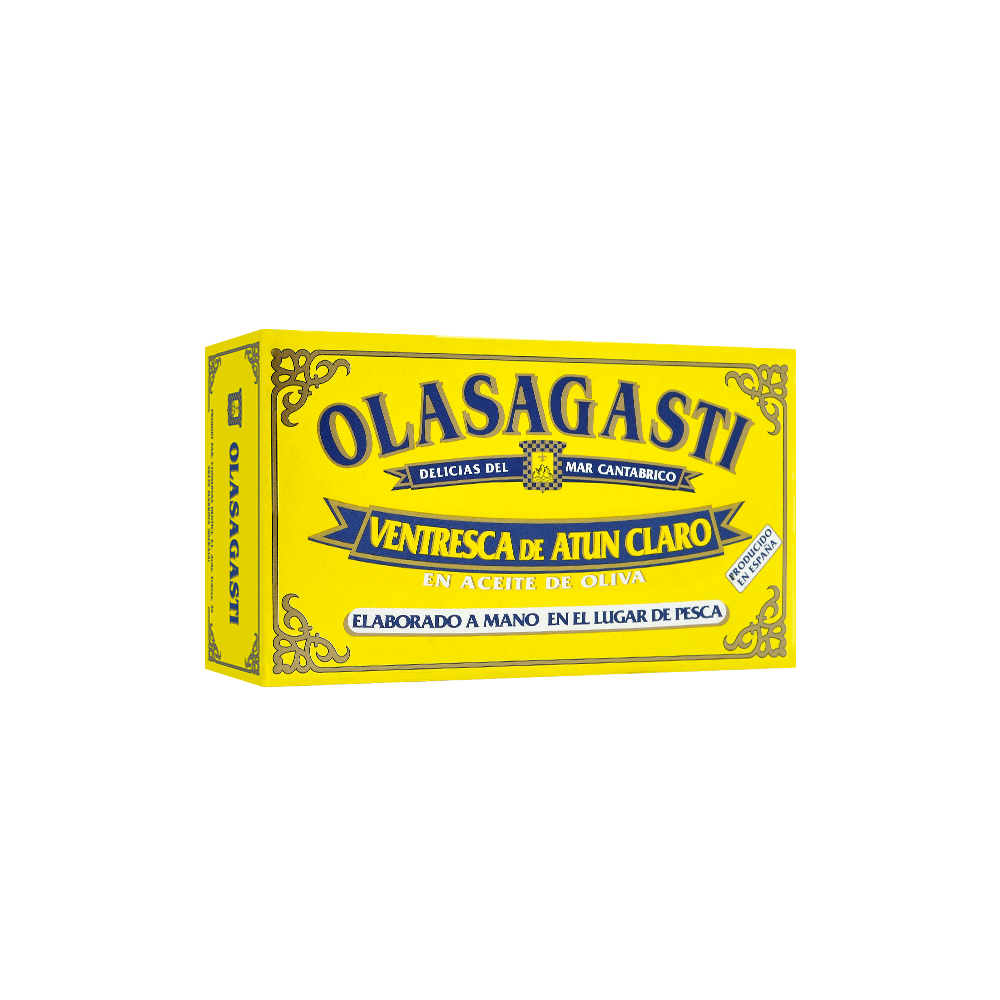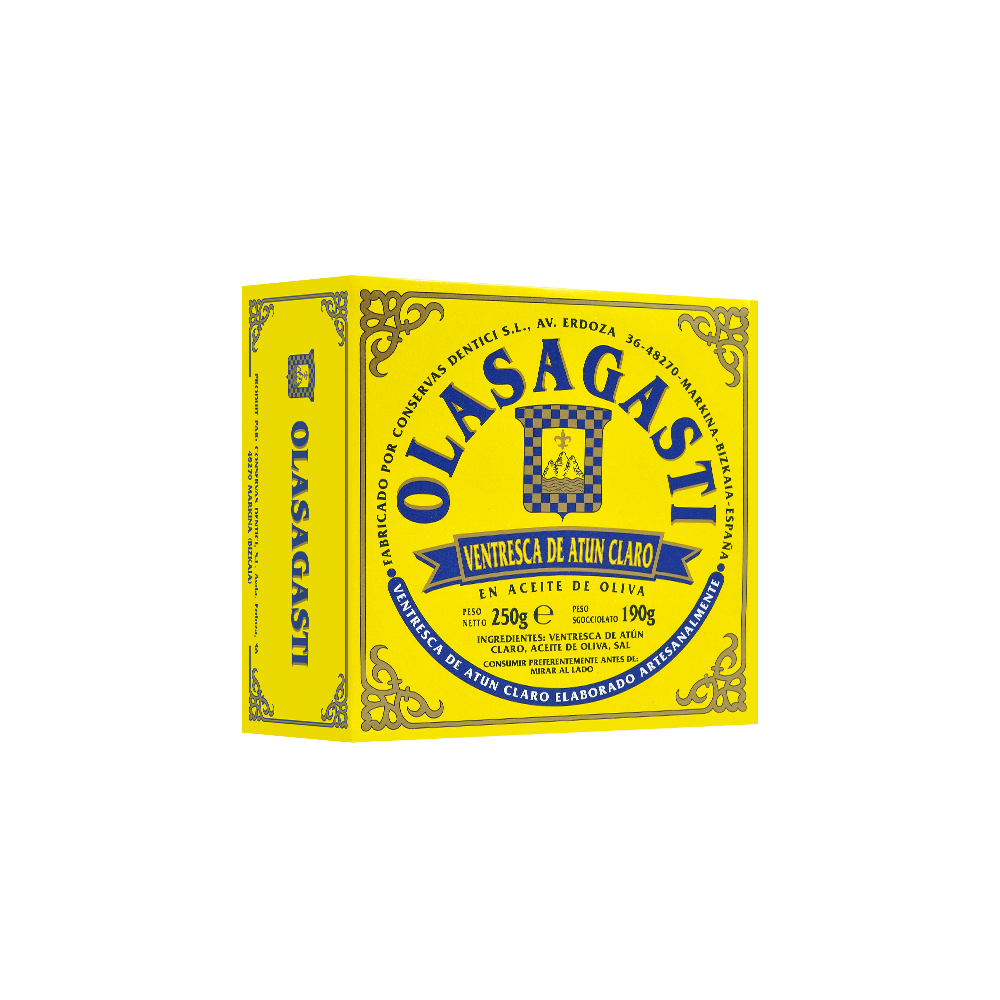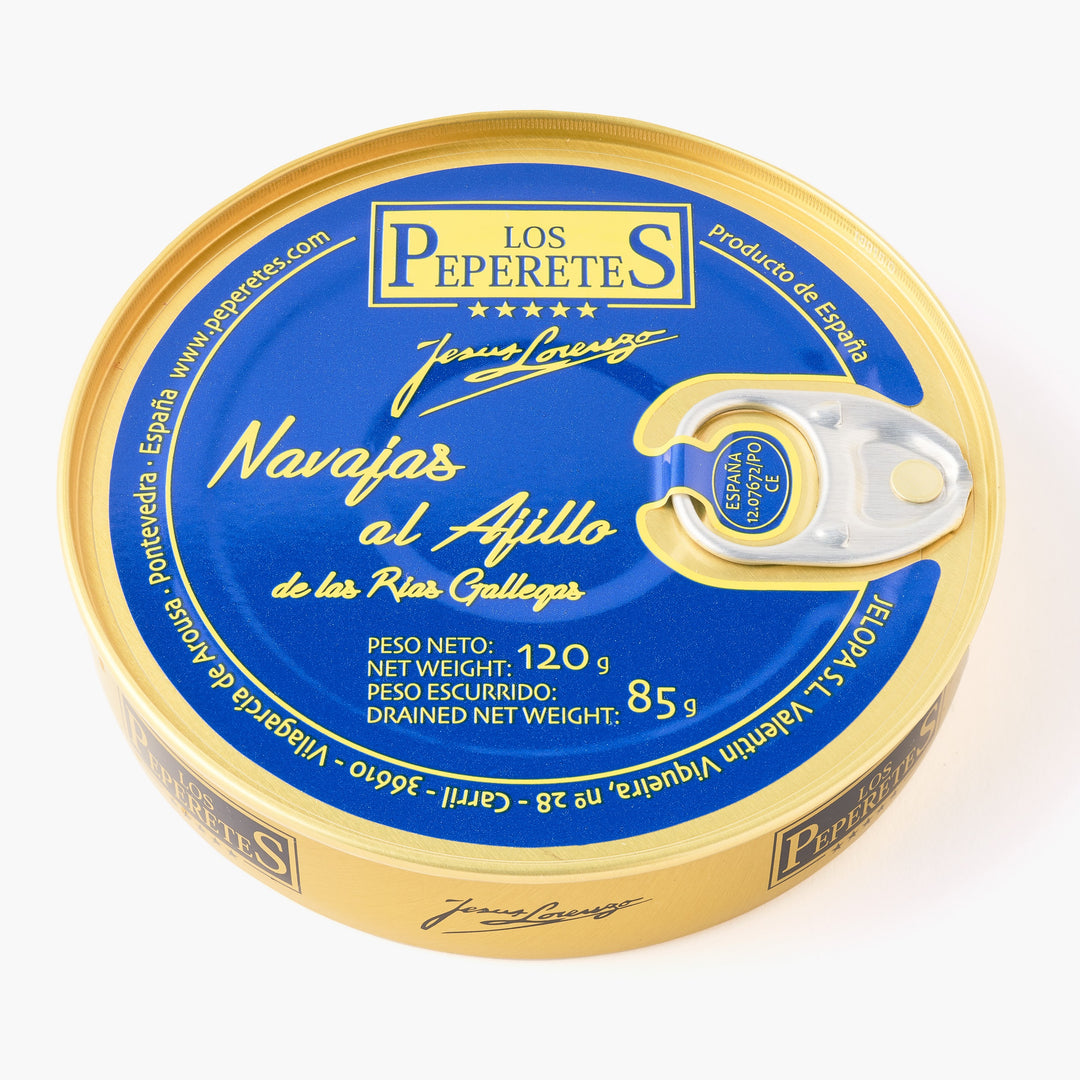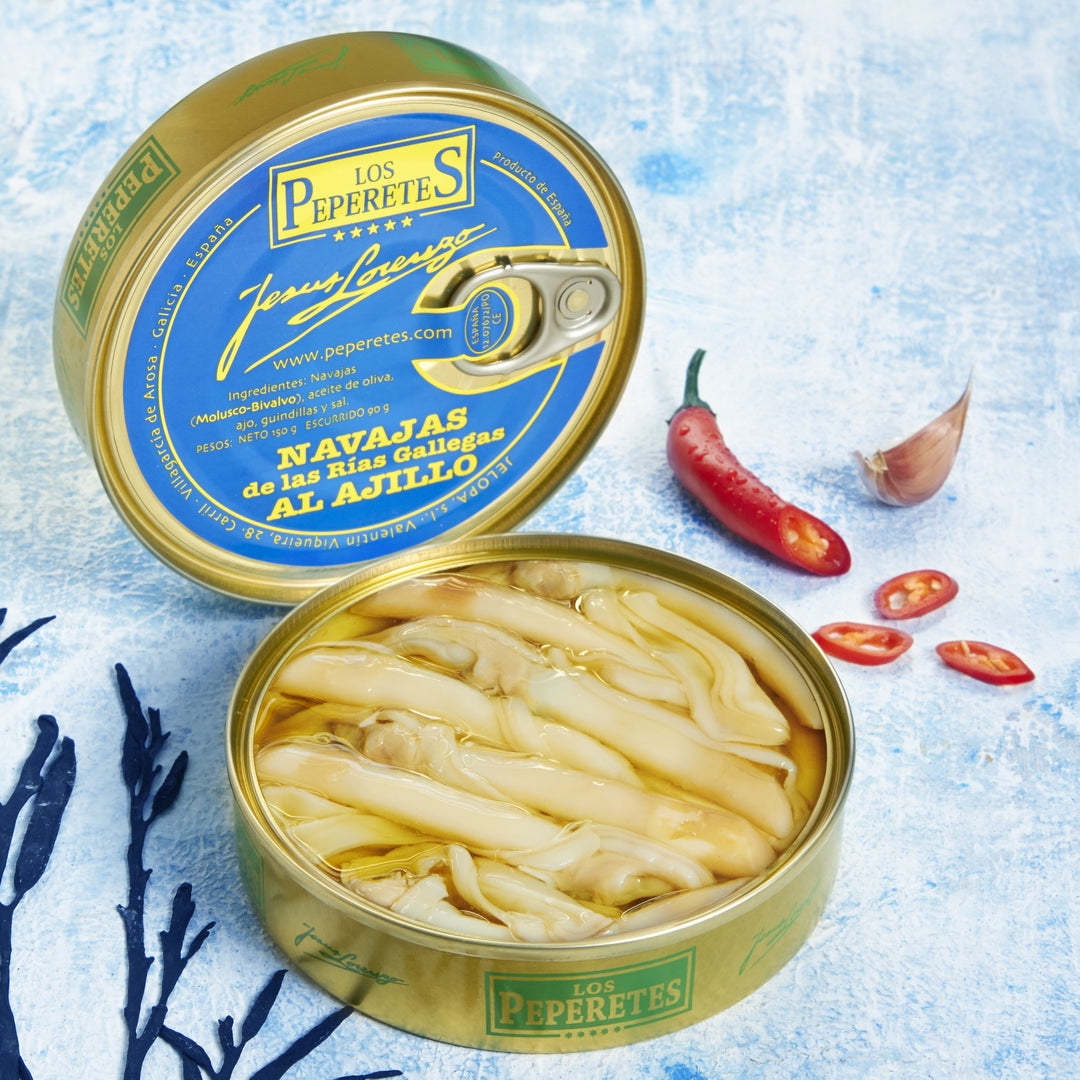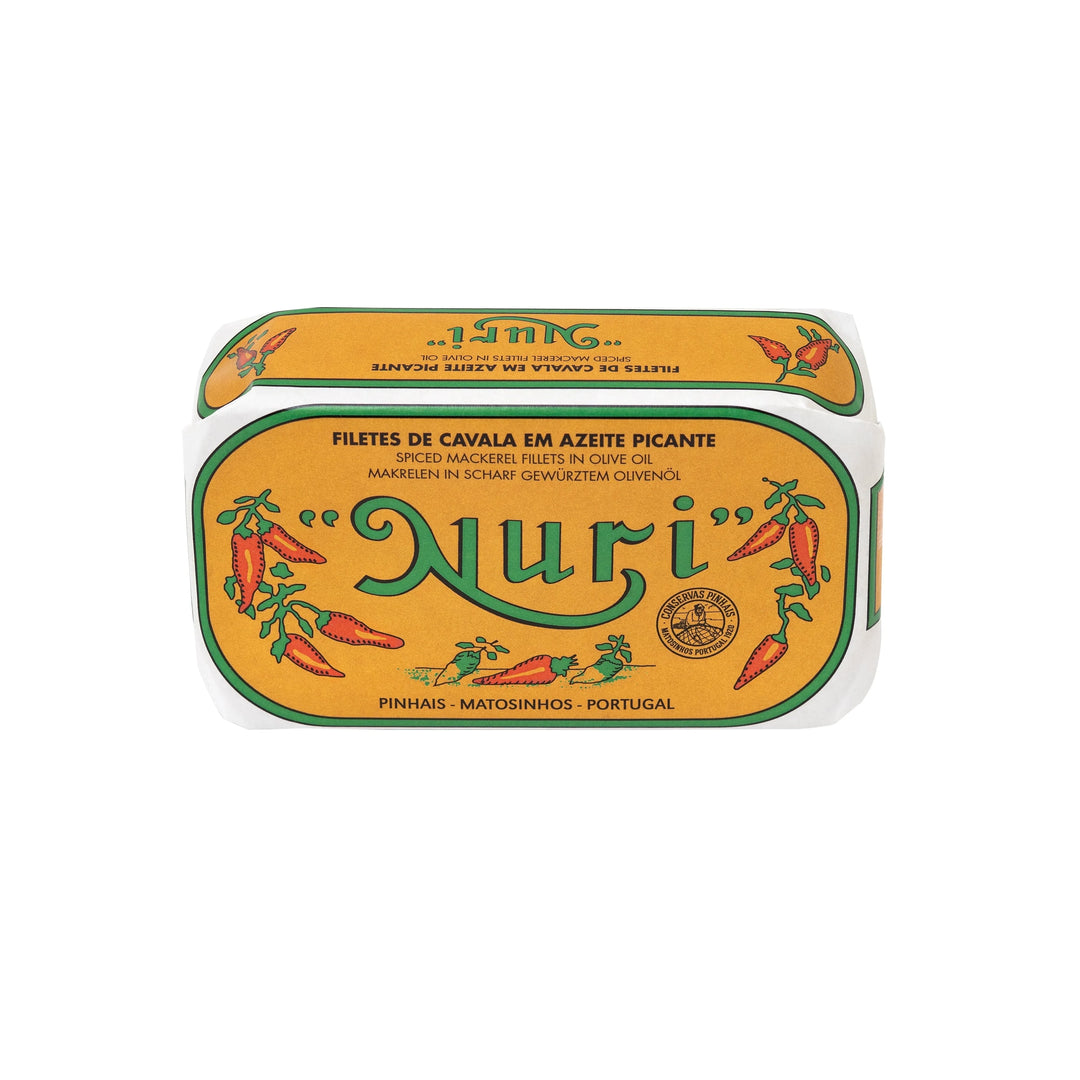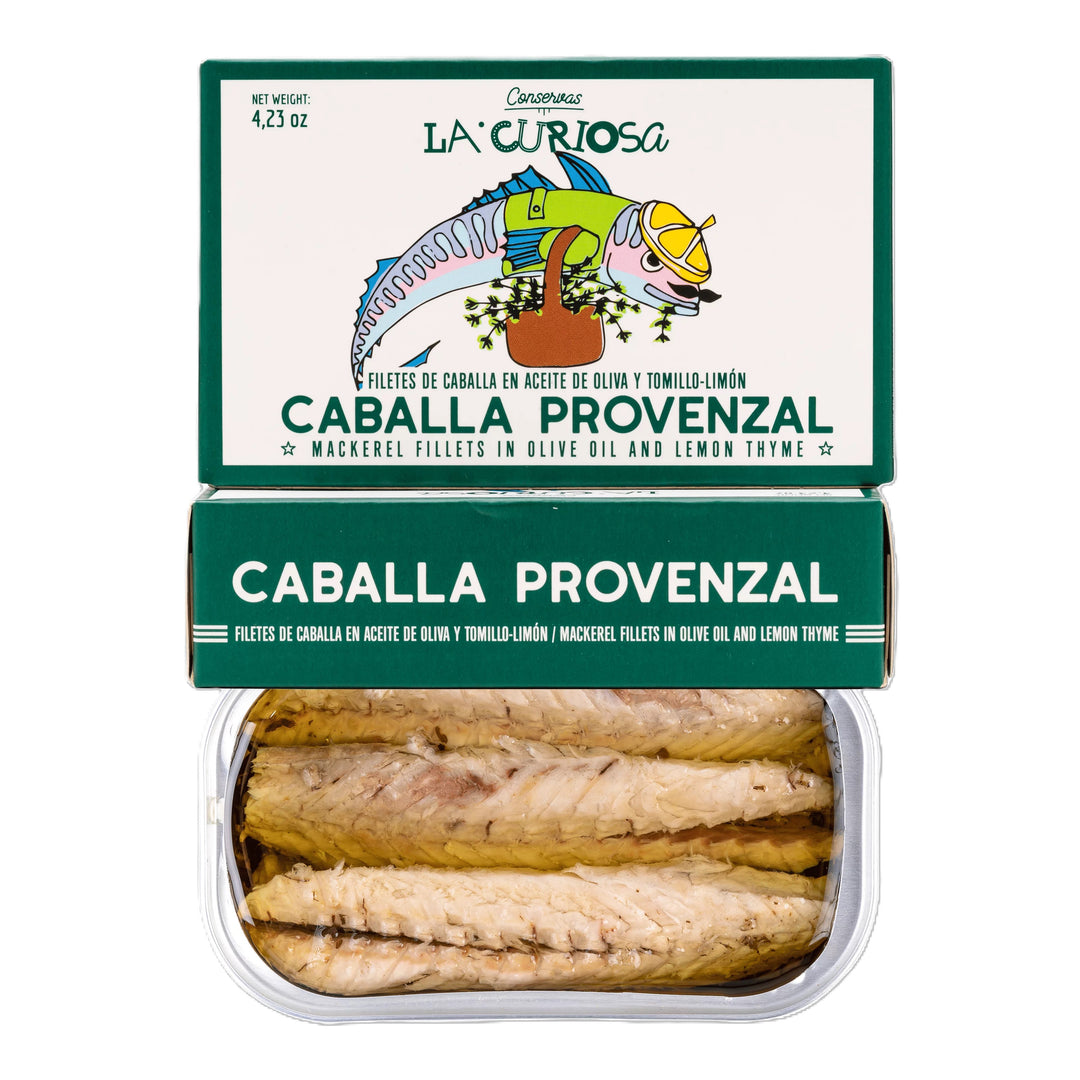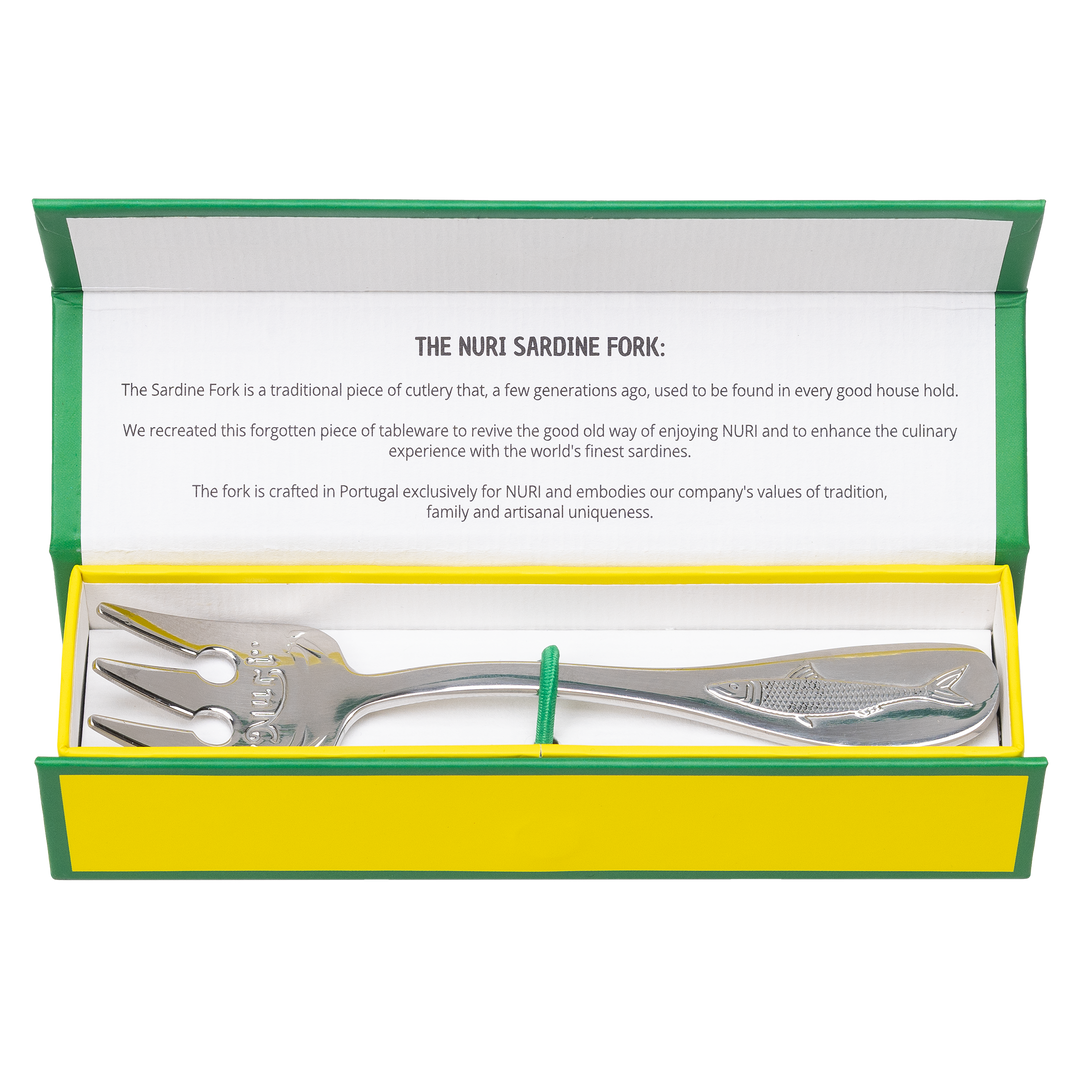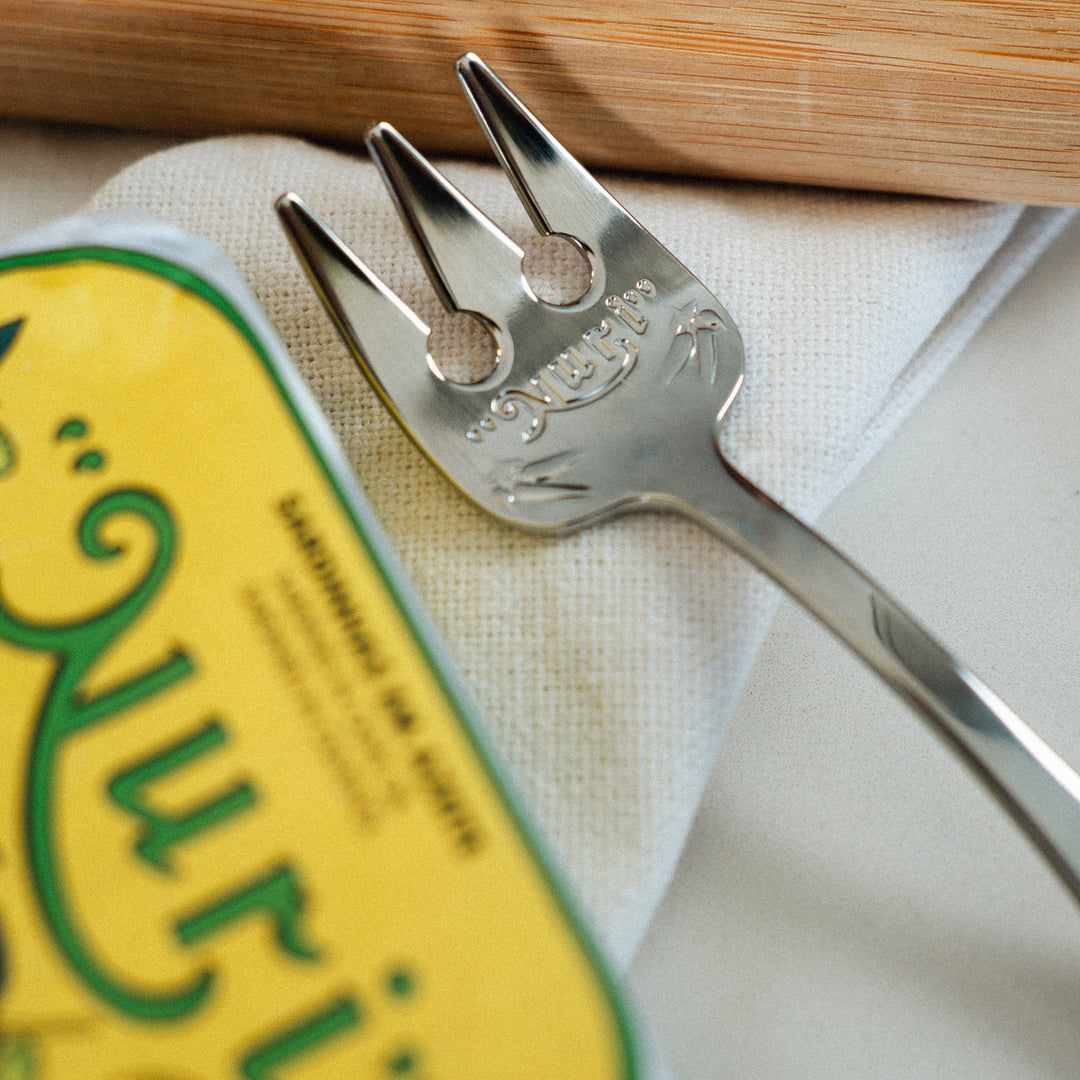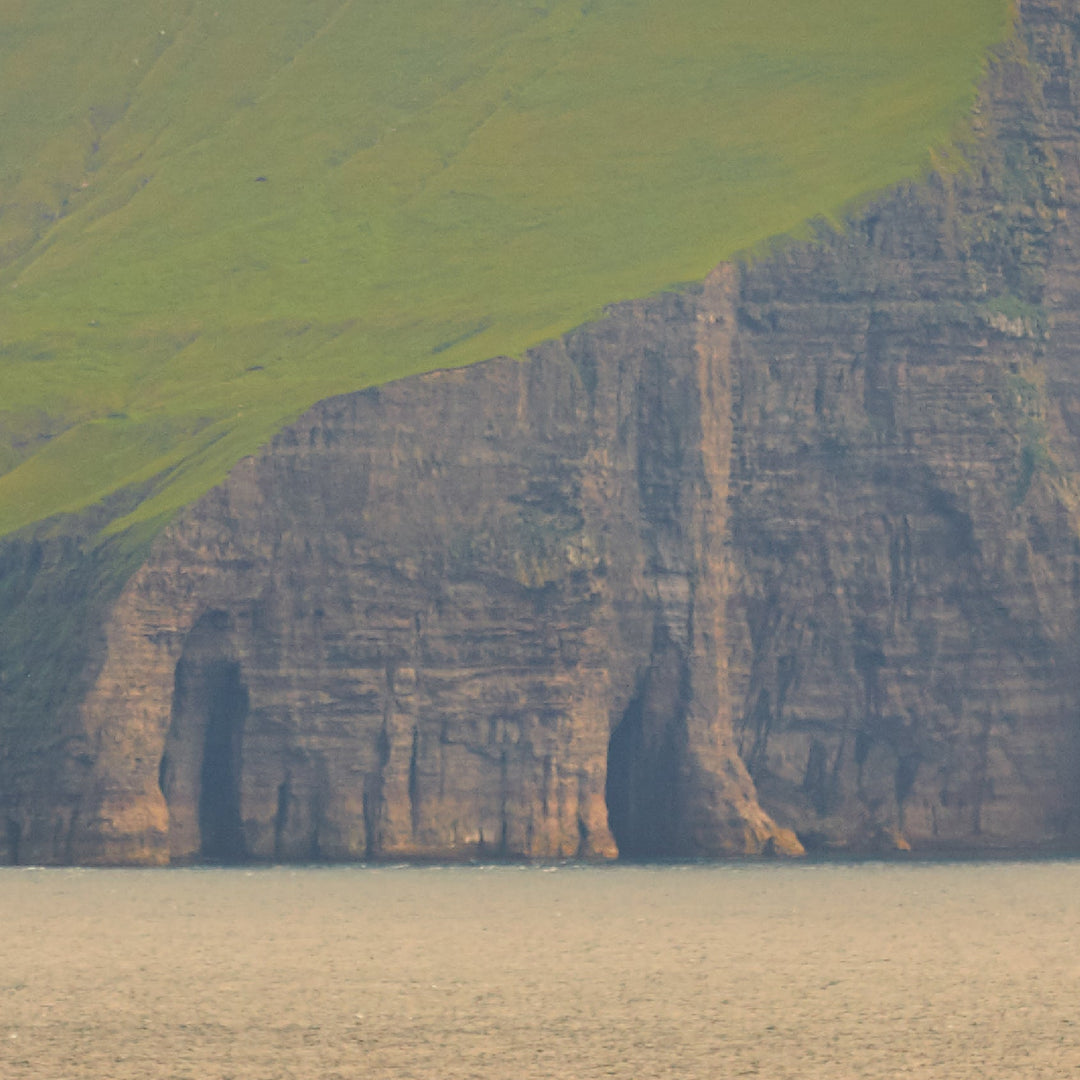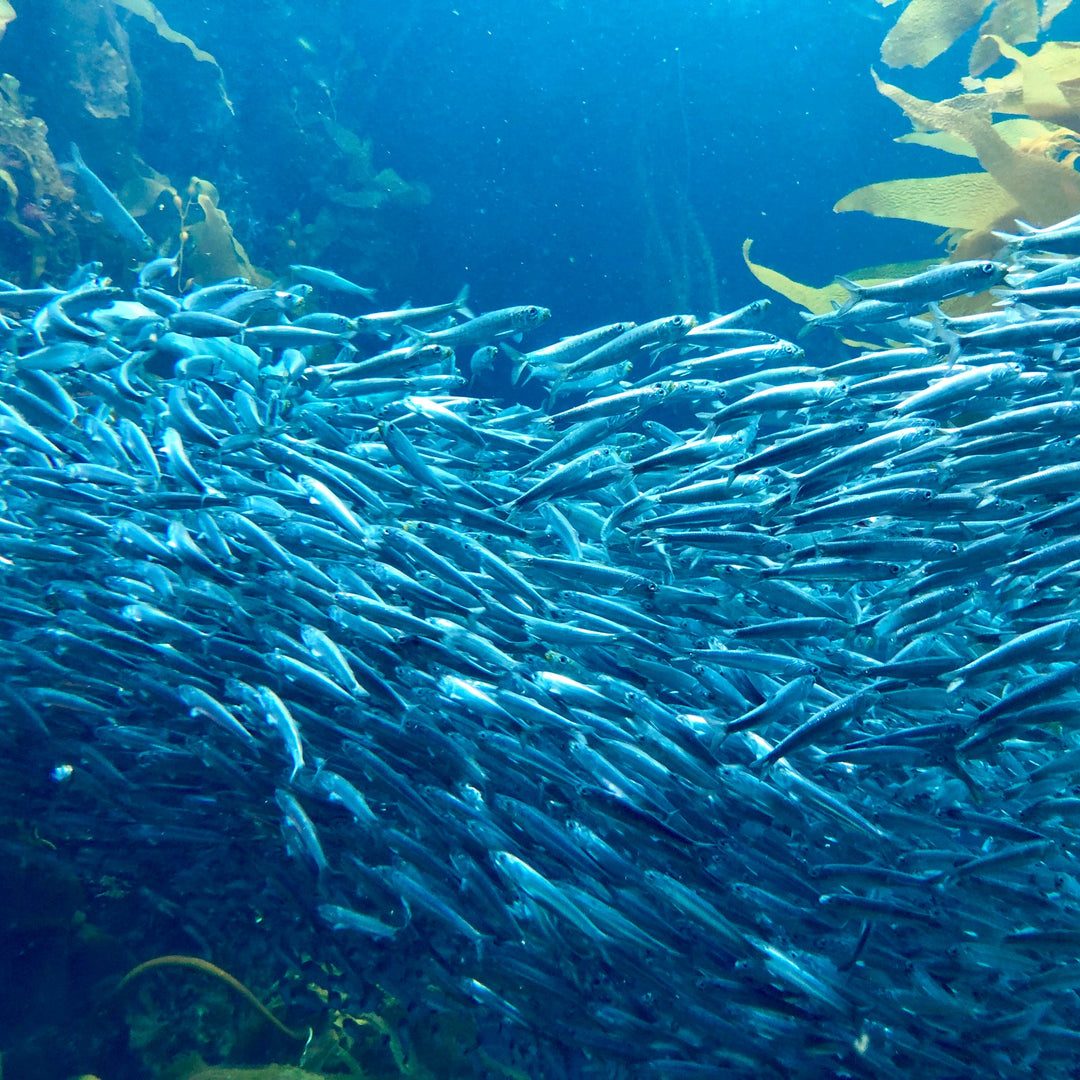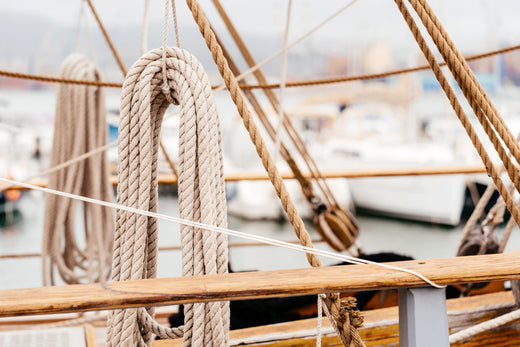Fishing, a crucial aspect of global food production and the economy, faces challenges in adopting more sustainable practices. In this context, some products as for example the Bonito del Norte (White Tuna), stands out as a model of how fishing can be conducted to protect marine ecosystems, ensuring the continued survival of these fish populations.
In the fishing industry, both traditional and industrial methods are used, each with its environmental impact. Traditional methods like rod and line fishing are known for their selectivity and the reduction of unwanted catches, thus minimizing harm to the environment and helping preserve Bonito del Norte populations.
However, industrial techniques, especially trawling, raise concerns due to their negative effects on seafloors and incidental catches. Proper management of these practices is crucial to maintain healthy marine life populations.
Sustainable Bonito del Norte fishing emphasizes a selective approach, using methods such as hook and line fishing and purse seining to minimize unwanted catches. Fishing quotas and no-fishing zones are implemented to help maintain robust populations and balanced marine ecosystems.
Certifications for sustainable fisheries play a key role in promoting responsible fishing practices. Informed consumers actively seek products that support sustainability, encouraging the fishing industry to adopt more ethical practices.
Sustainable Bonito del Norte fishing not only benefits the environment but also positively impacts fishing communities. Responsible management of marine resources ensures long-term employment and preserves cultural traditions deeply tied to fishing.
In conclusion, sustainable Bonito del Norte fishing highlights the importance of adopting responsible fishing practices. Through selective methods and community involvement, we can ensure the long-term survival of this species and protect marine ecosystems. Prioritizing sustainable fishing is essential for securing the well-being of future generations.
The Heart of the Cantabrian: A Fisherman's Daughter, a Legacy Preserved
Quality, tradition, and sustainability are at the heart of The Timeless Tin. Discover how the women of the Basque fishing community have inspired these values and continue to shape our...
